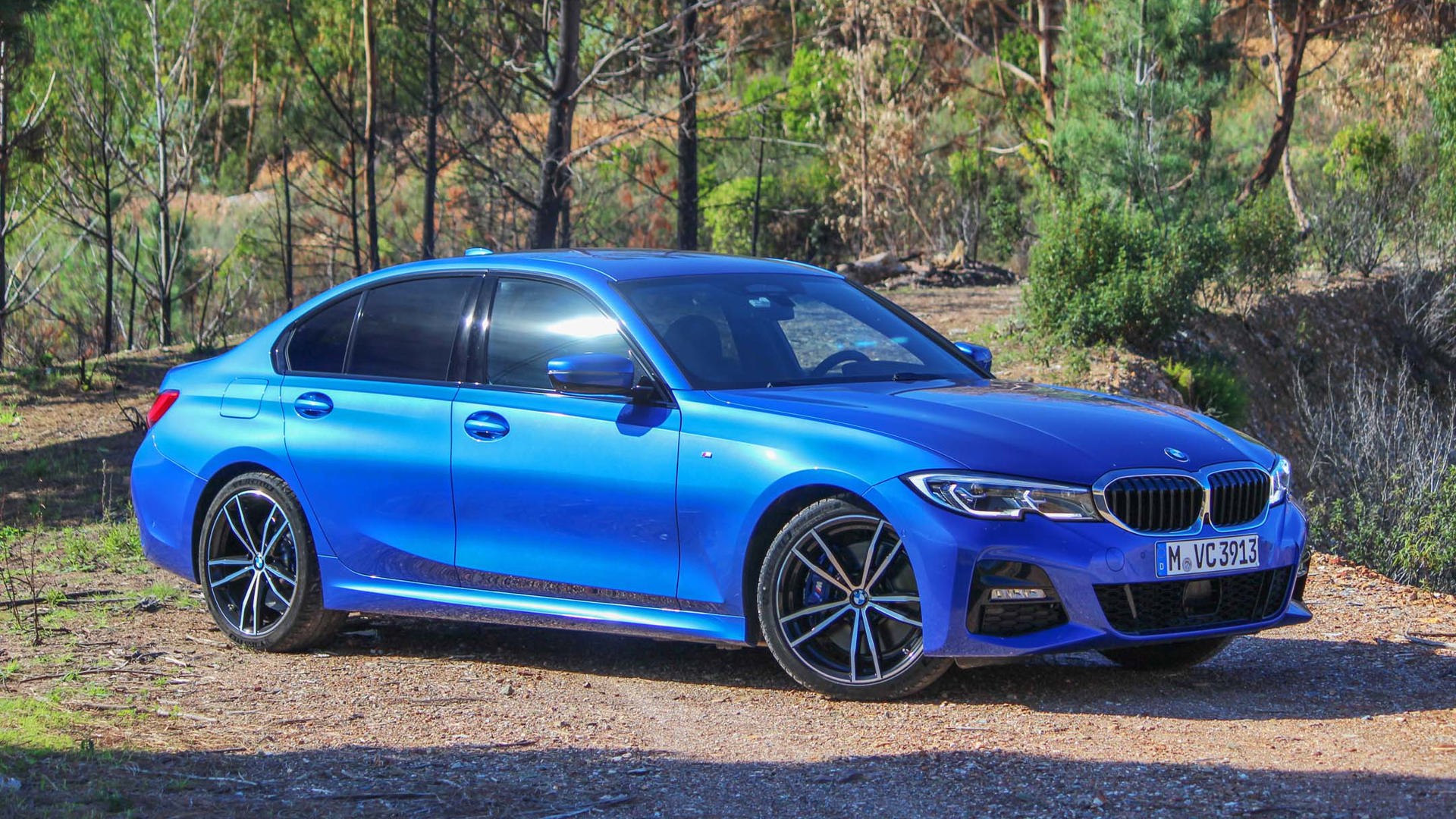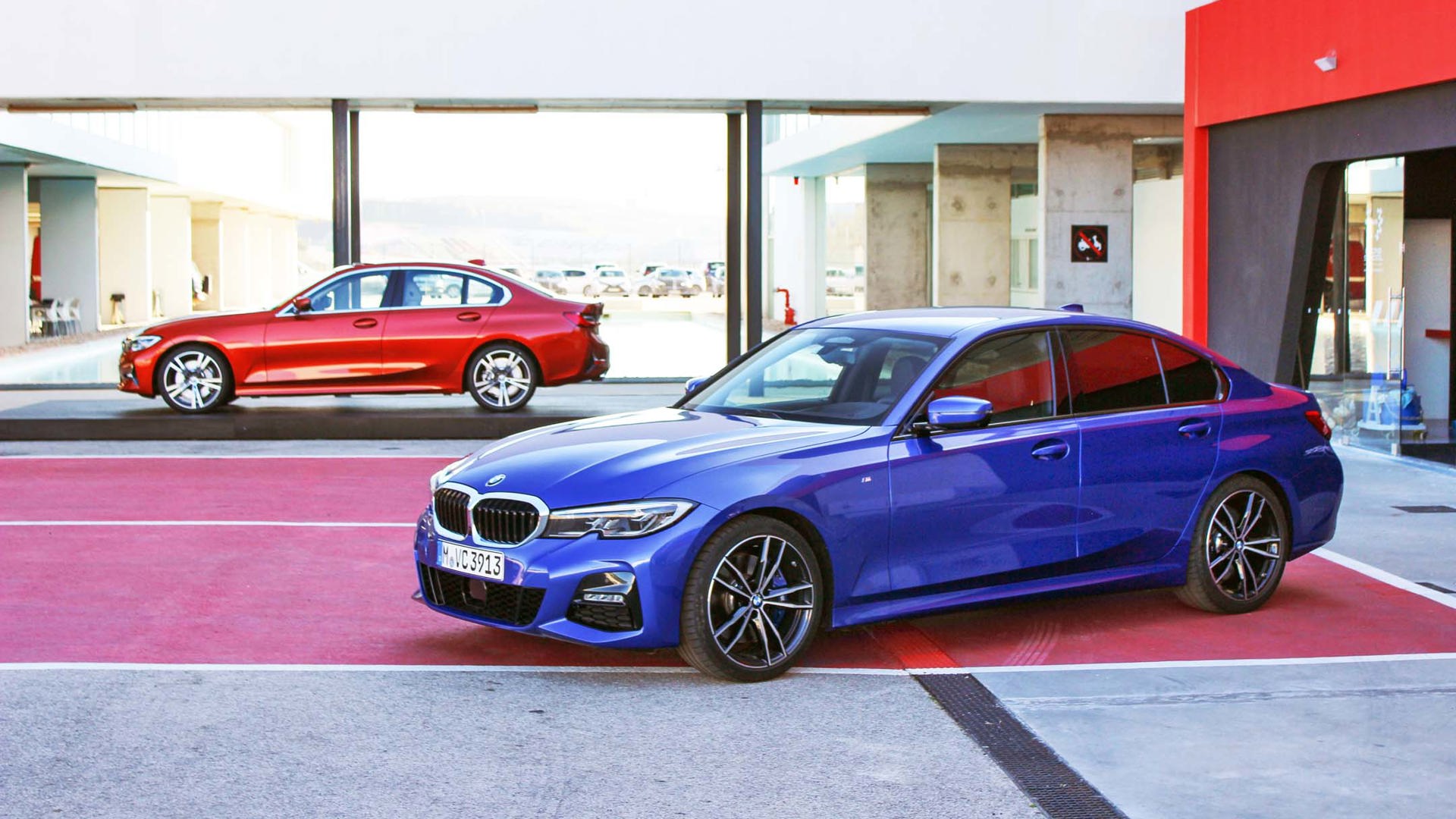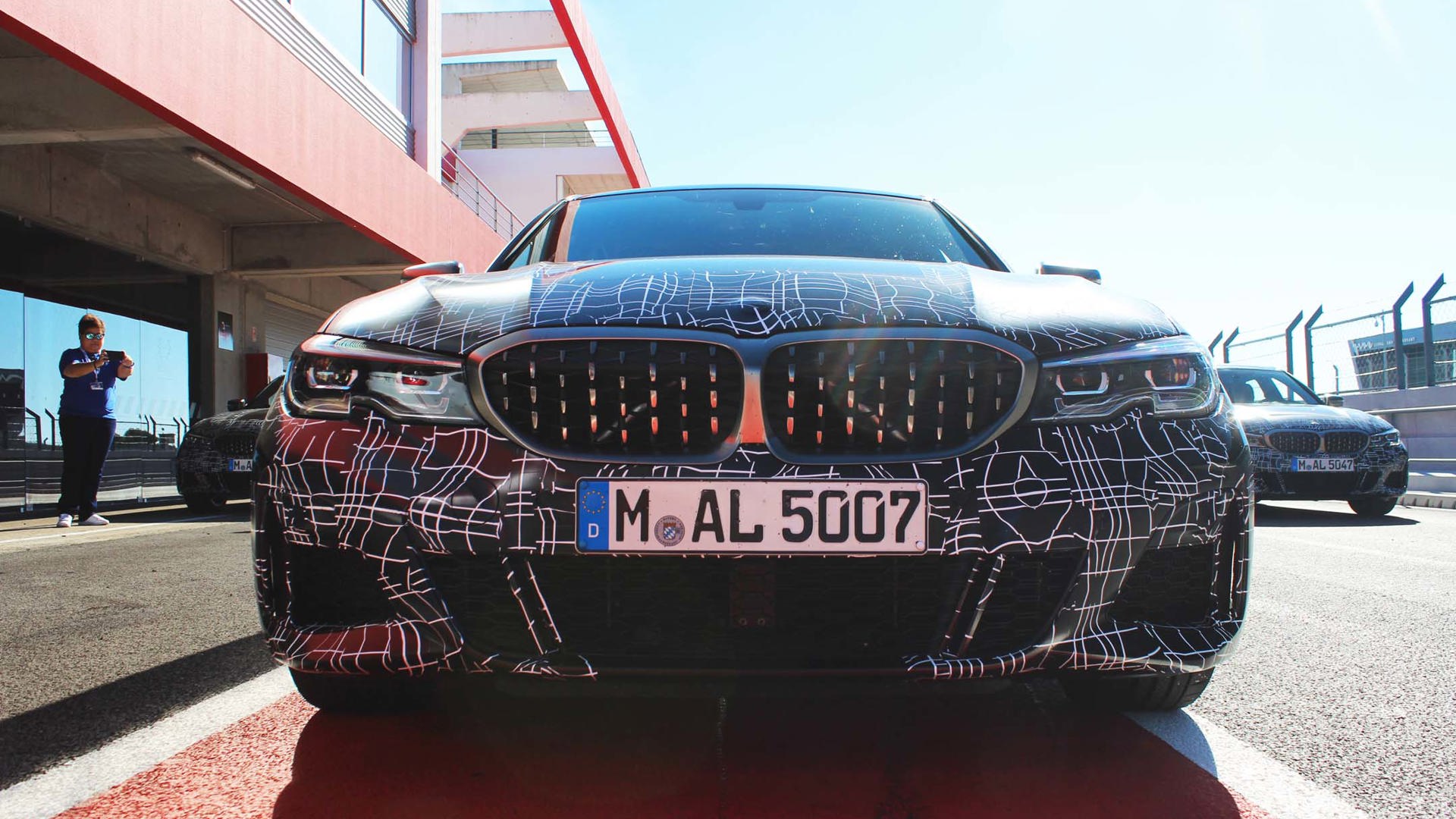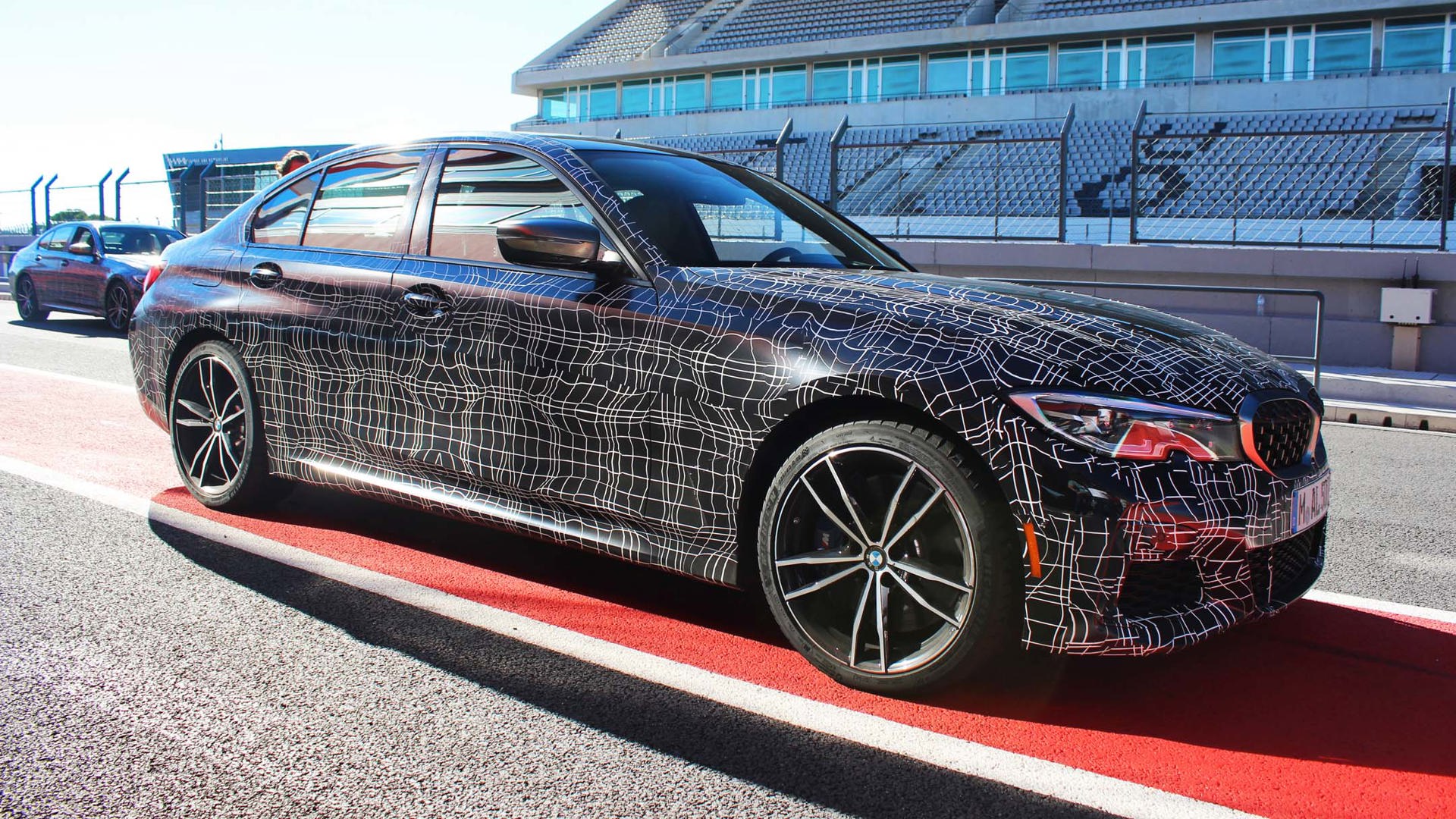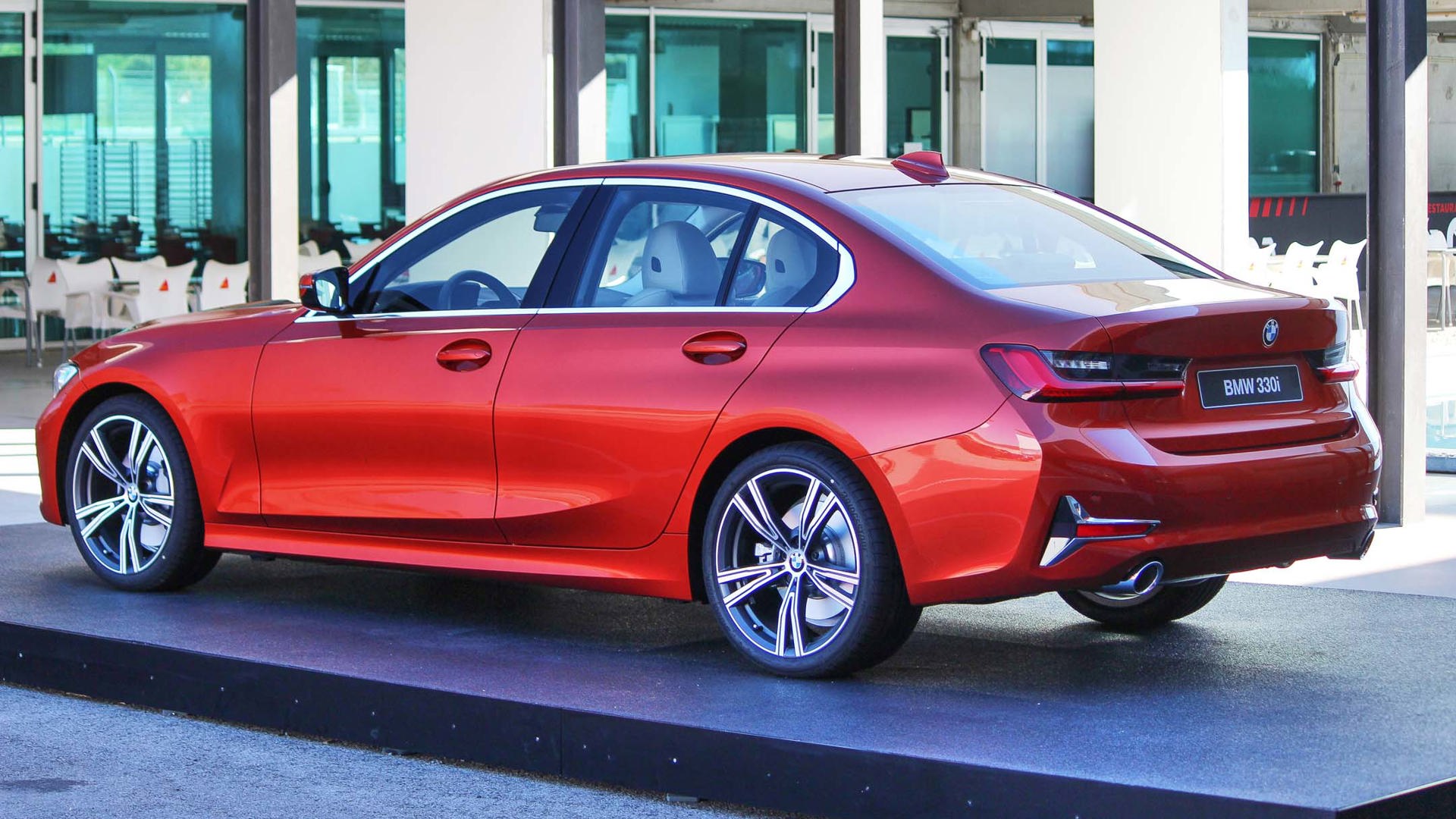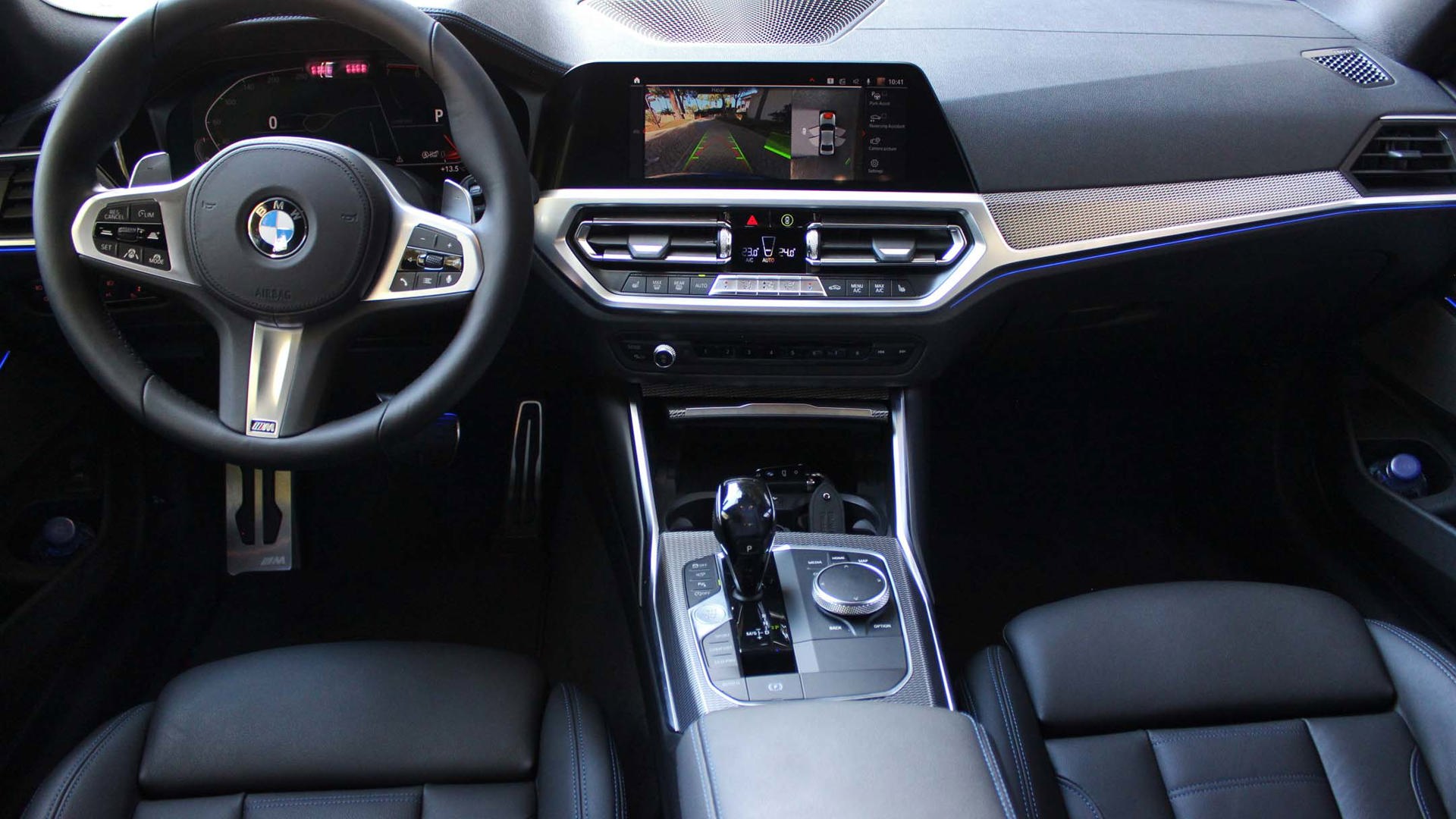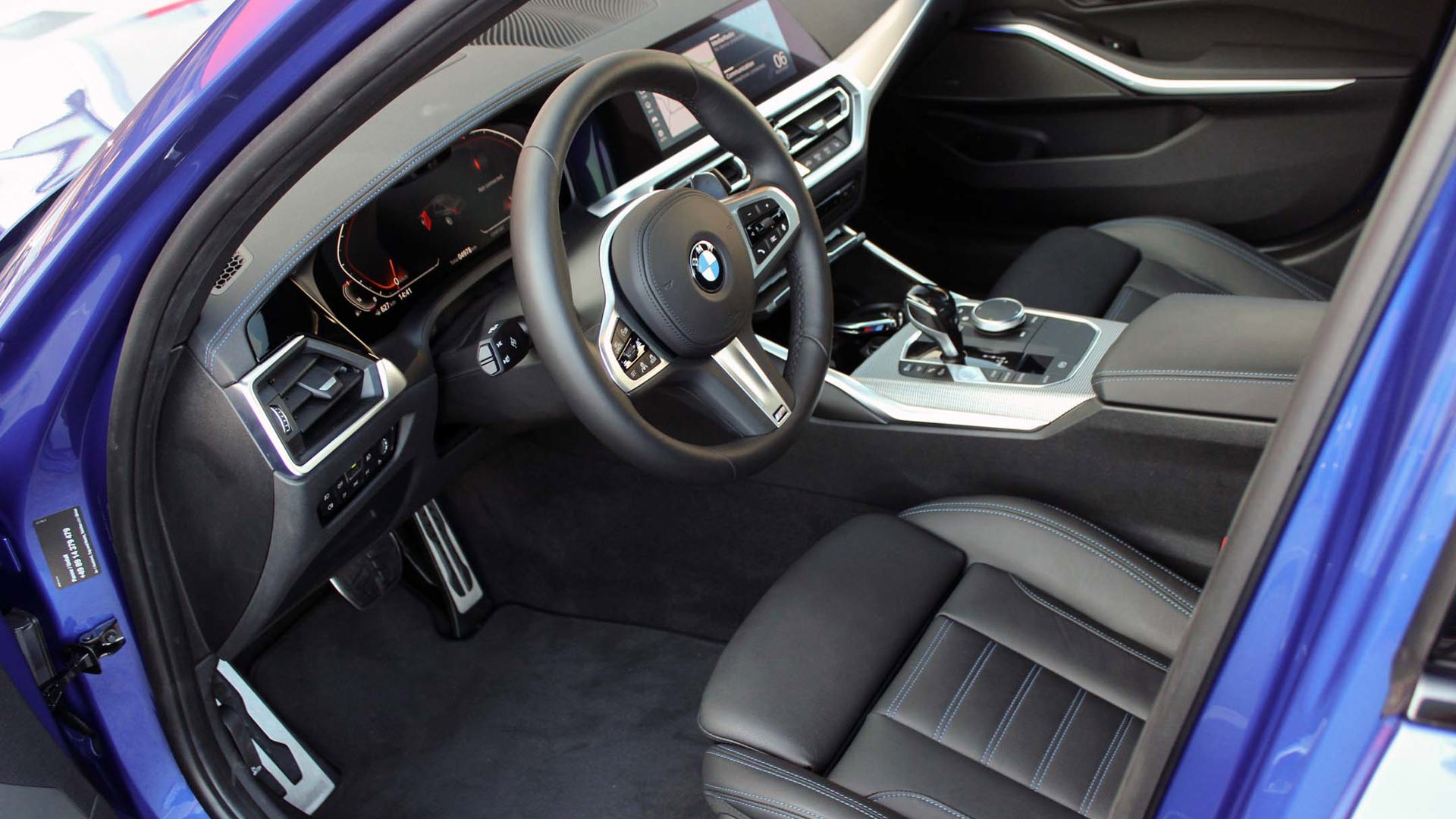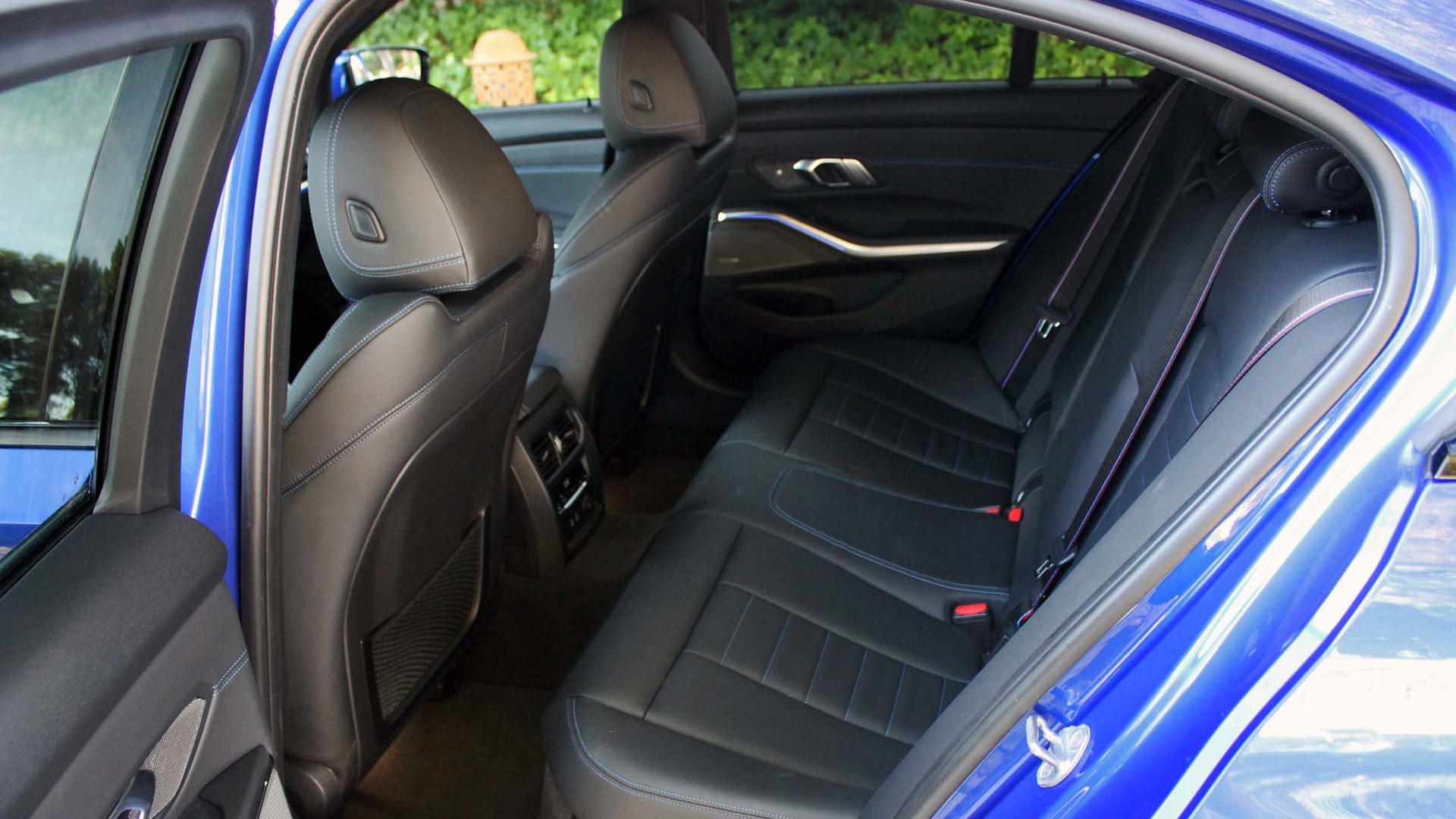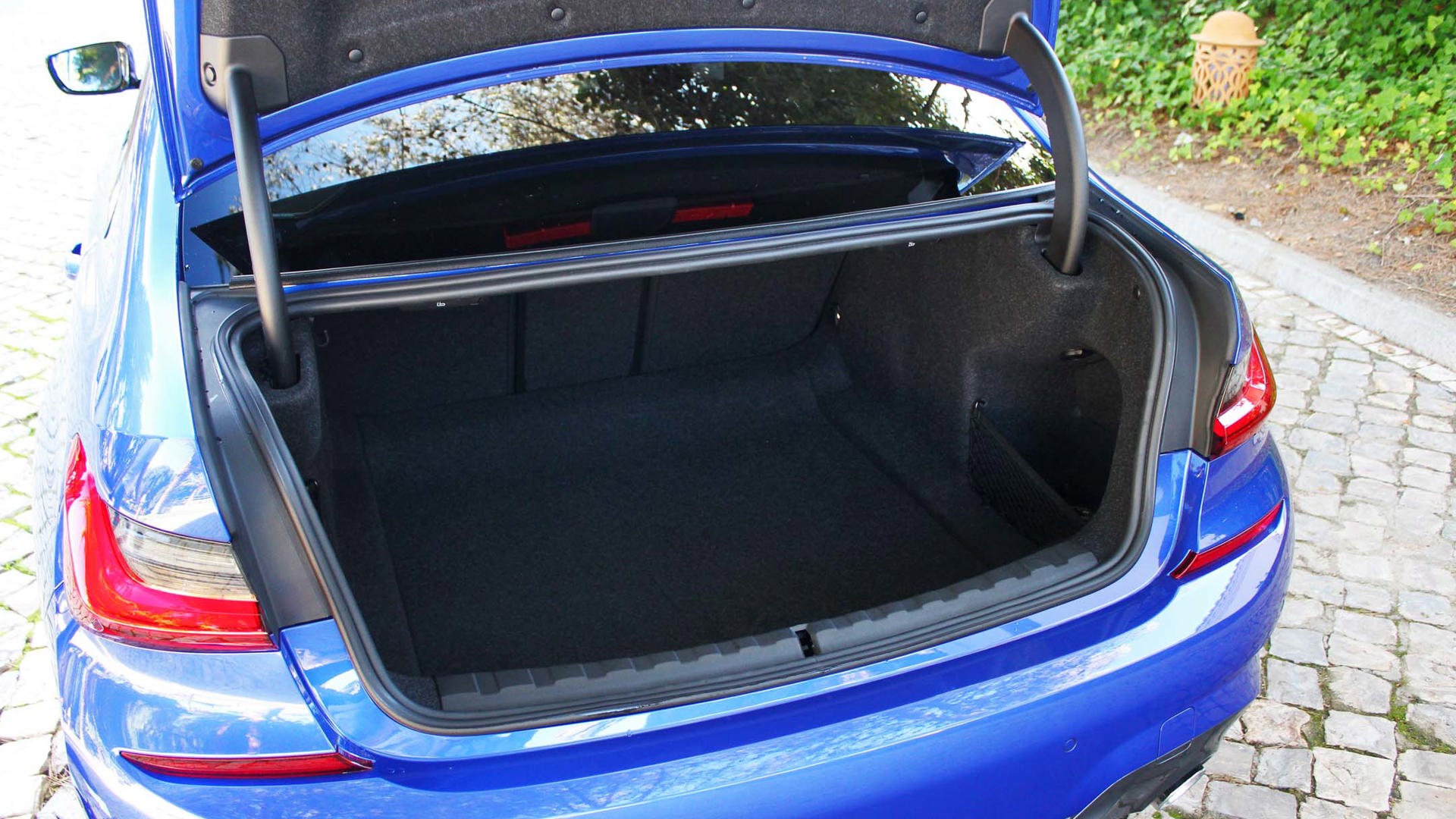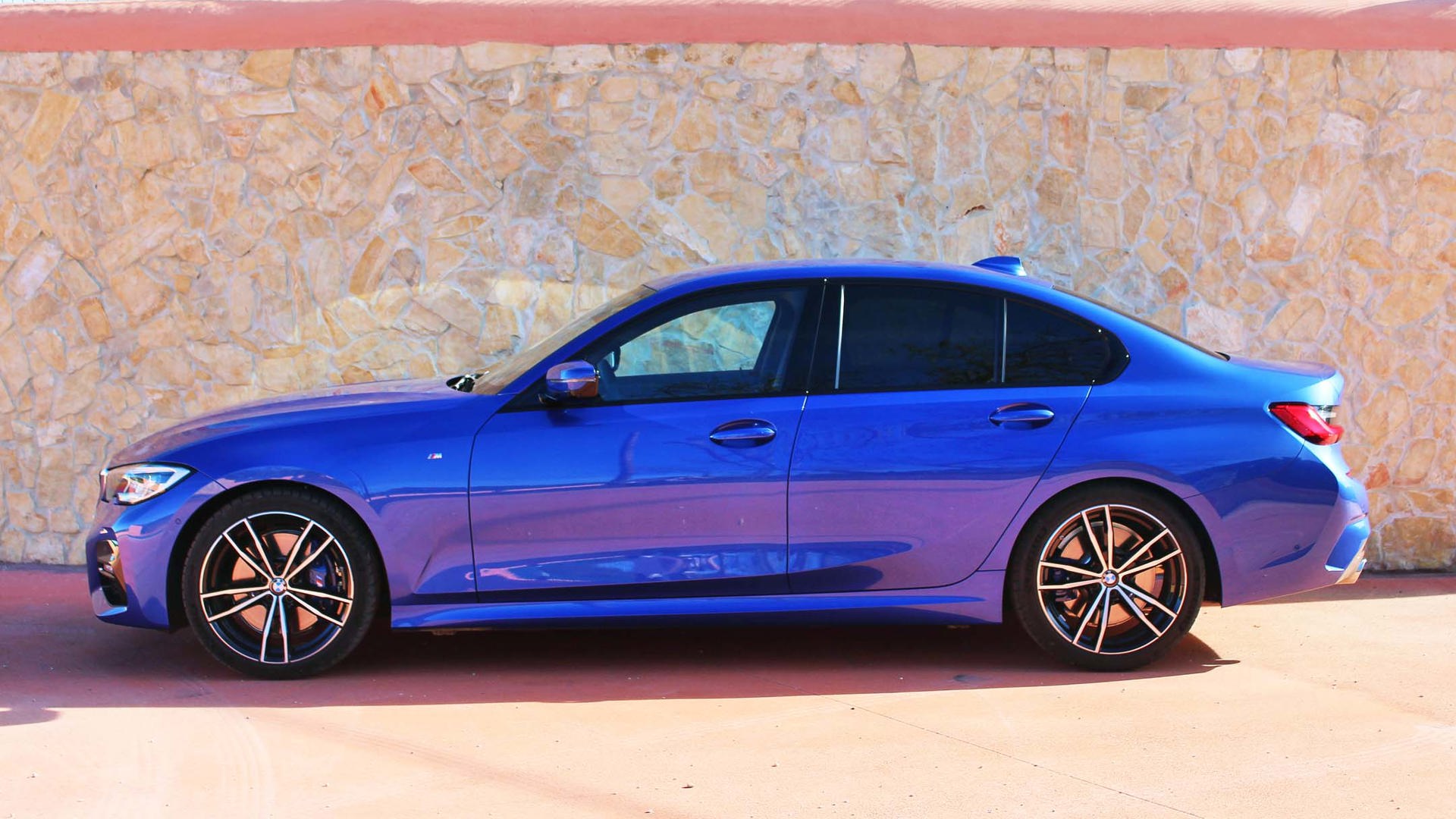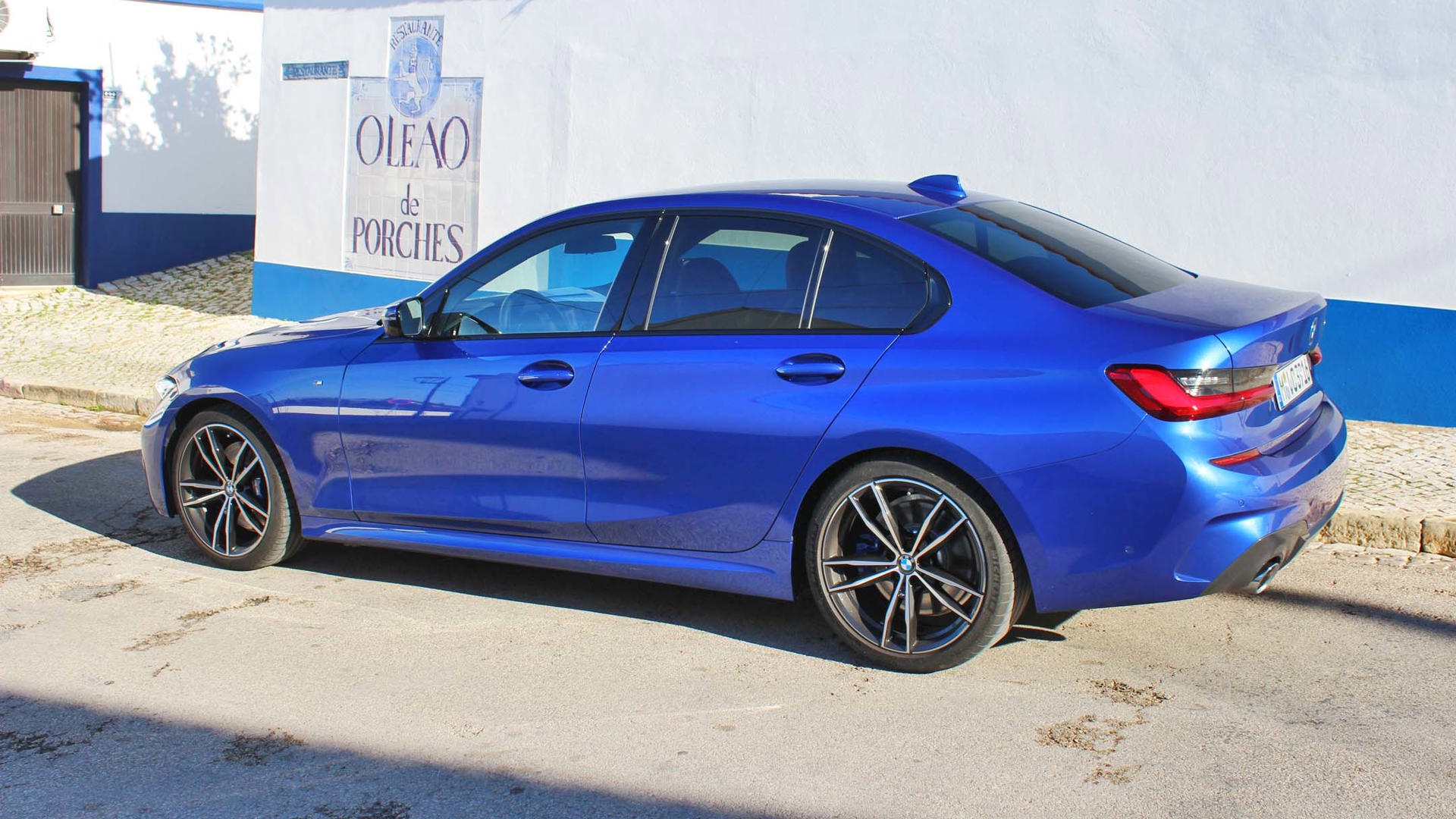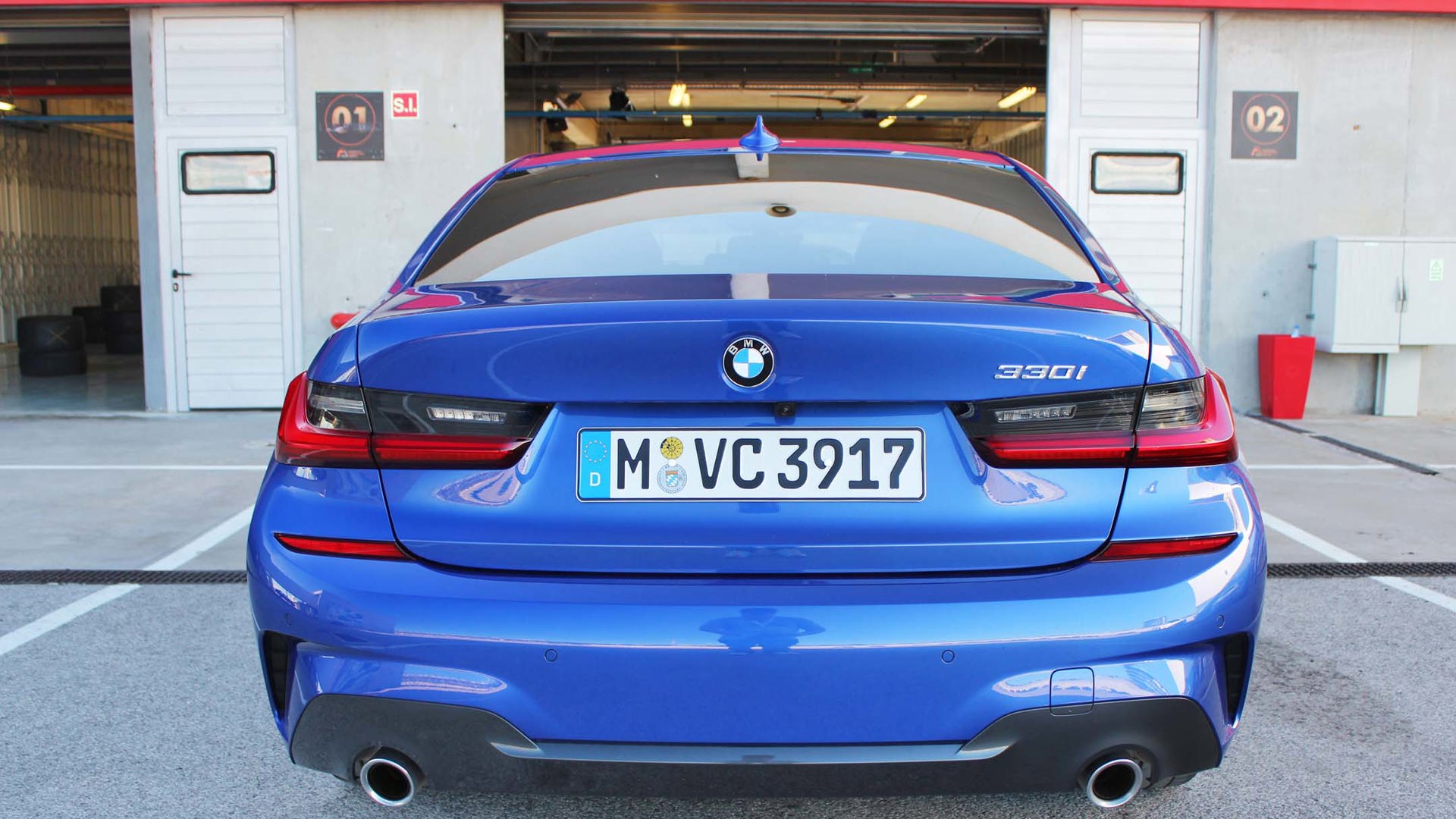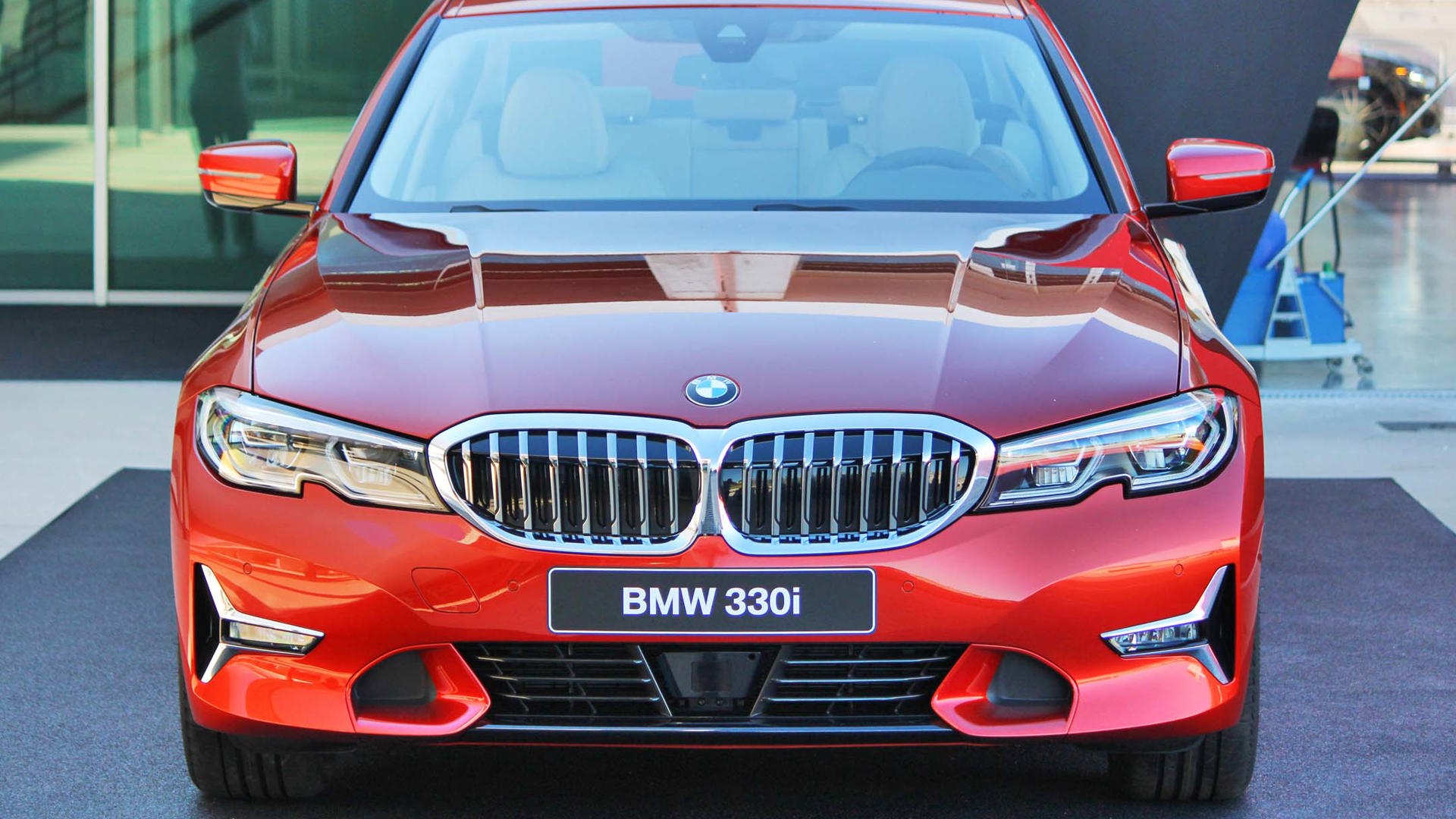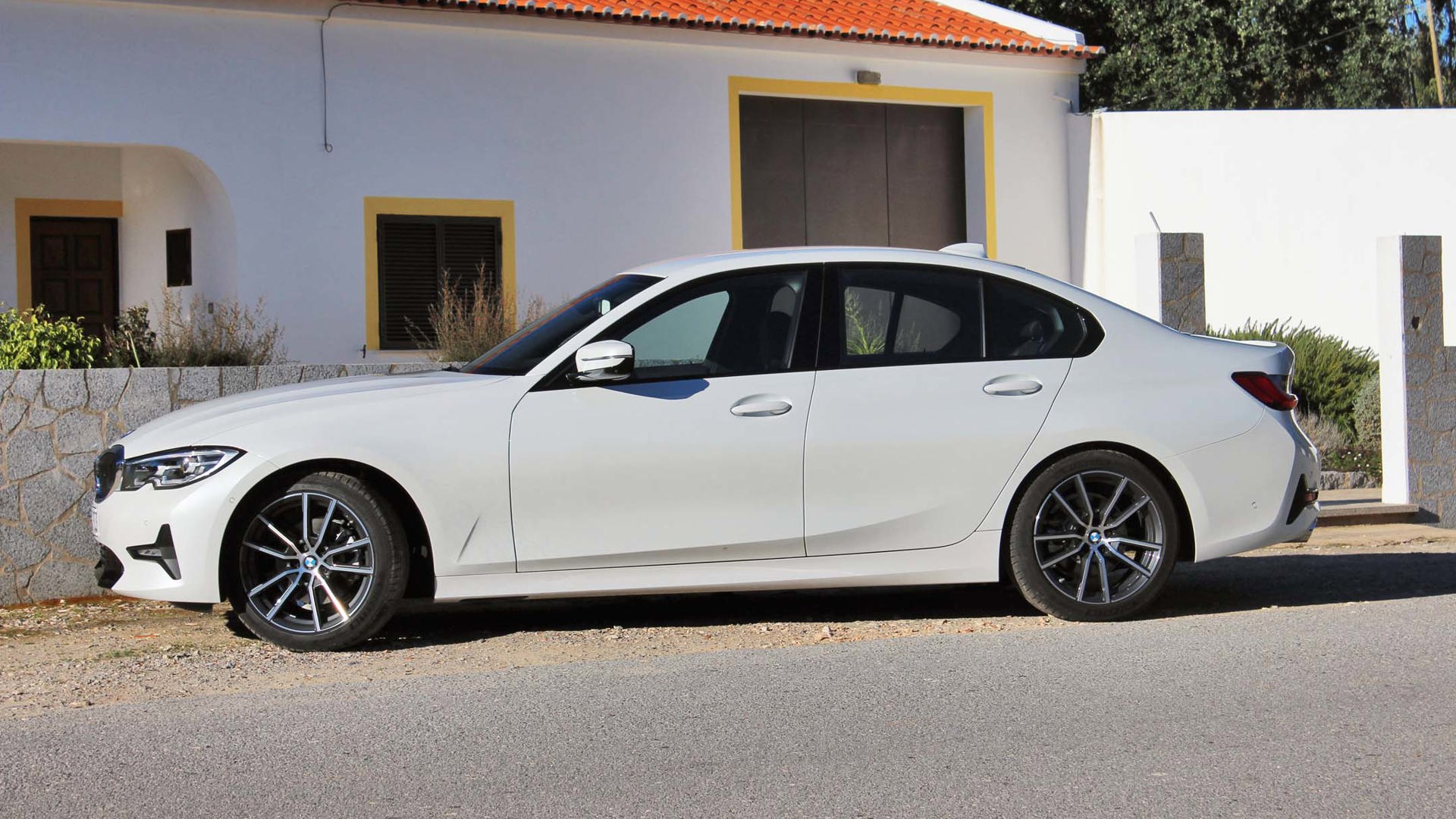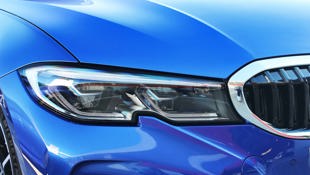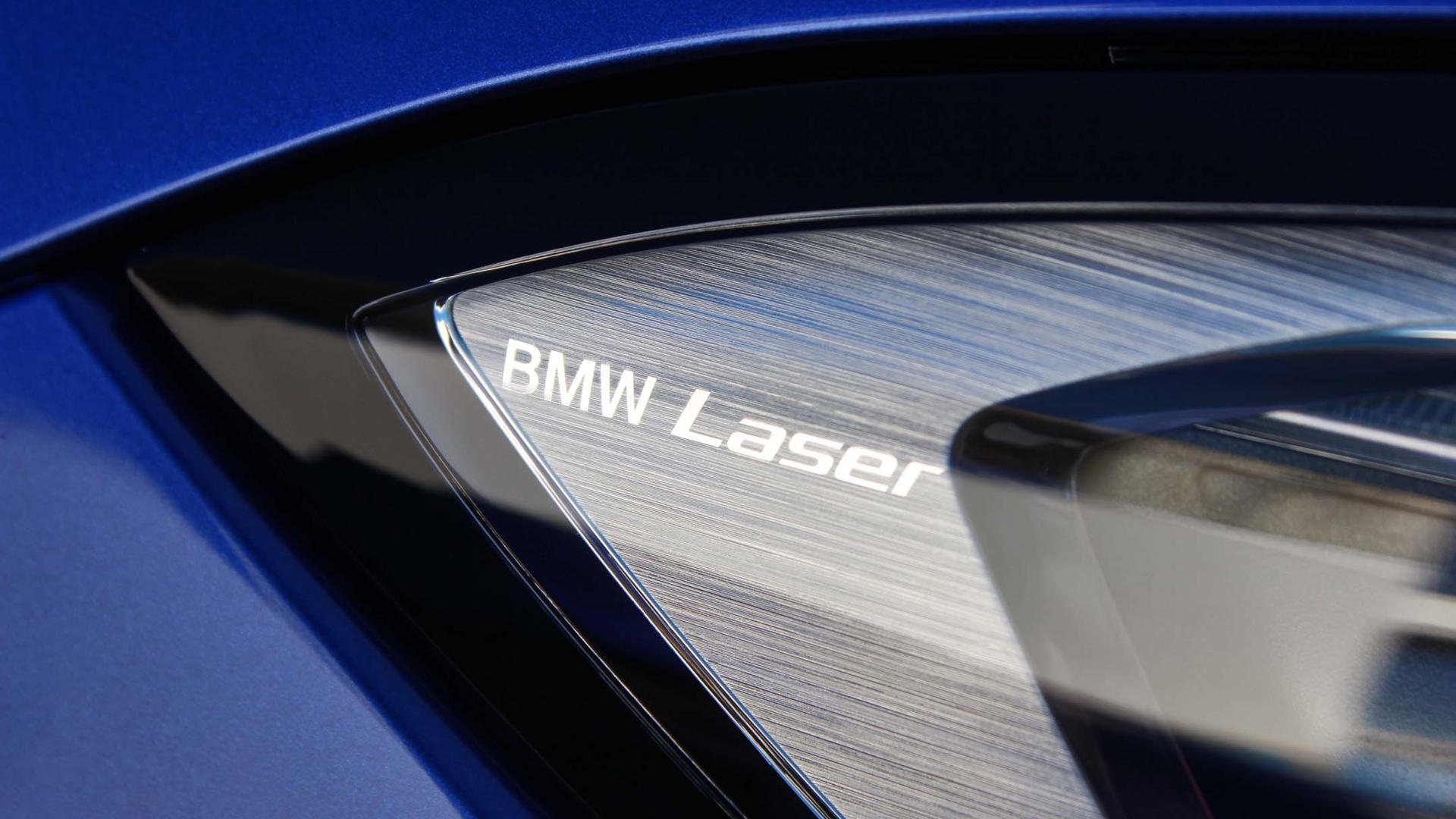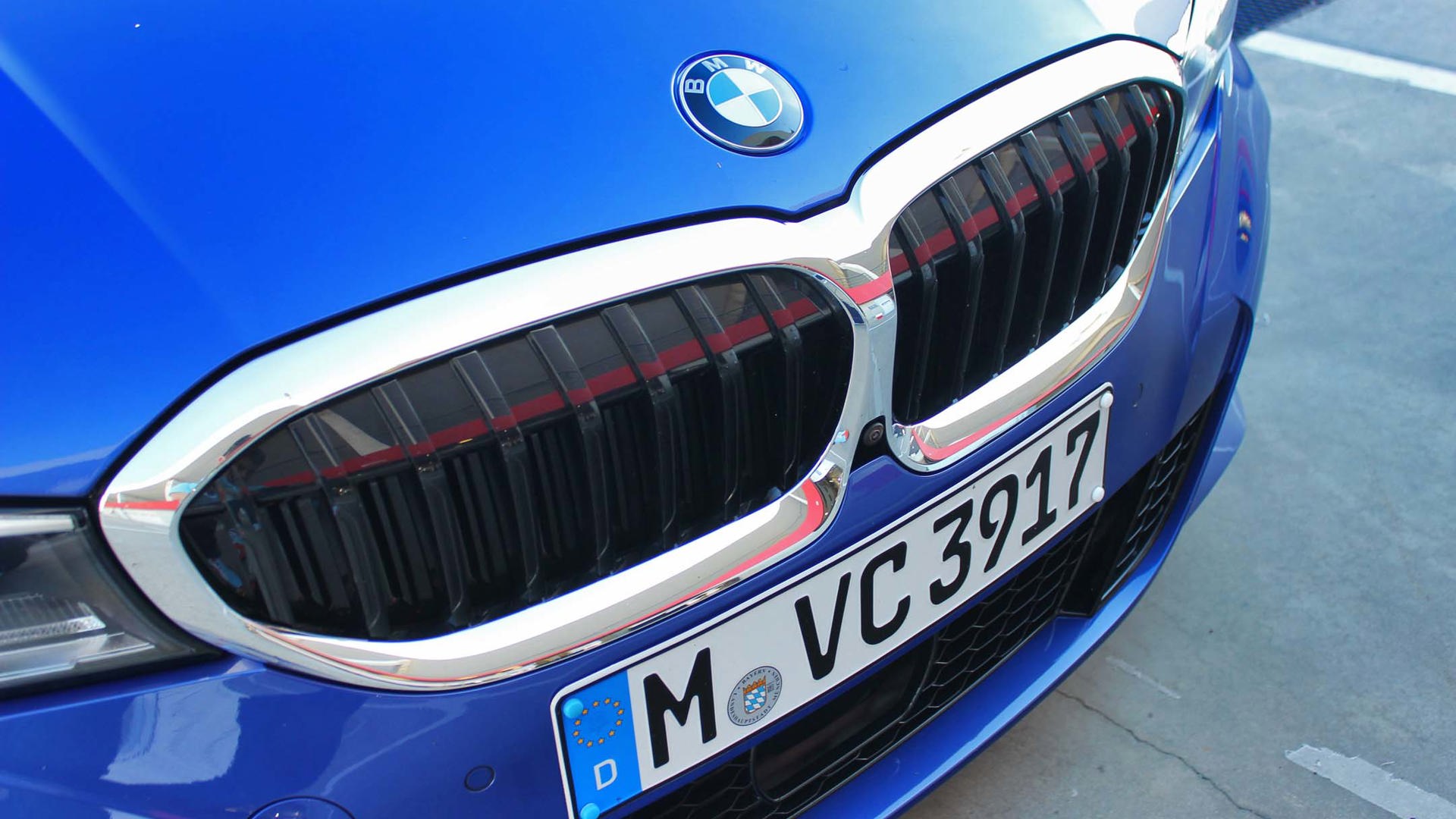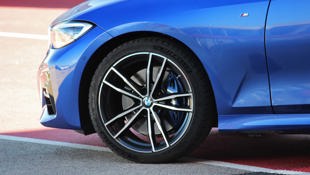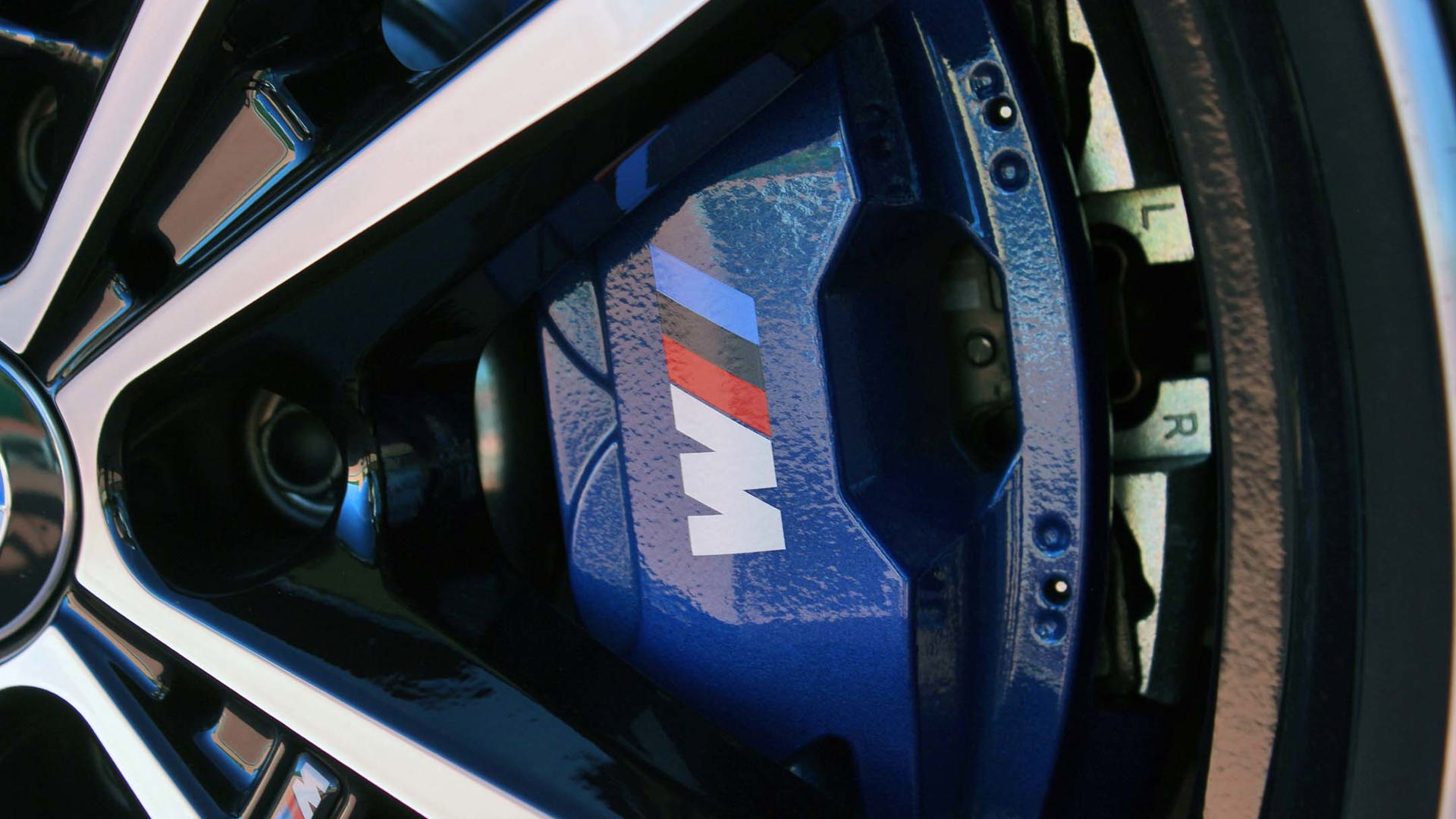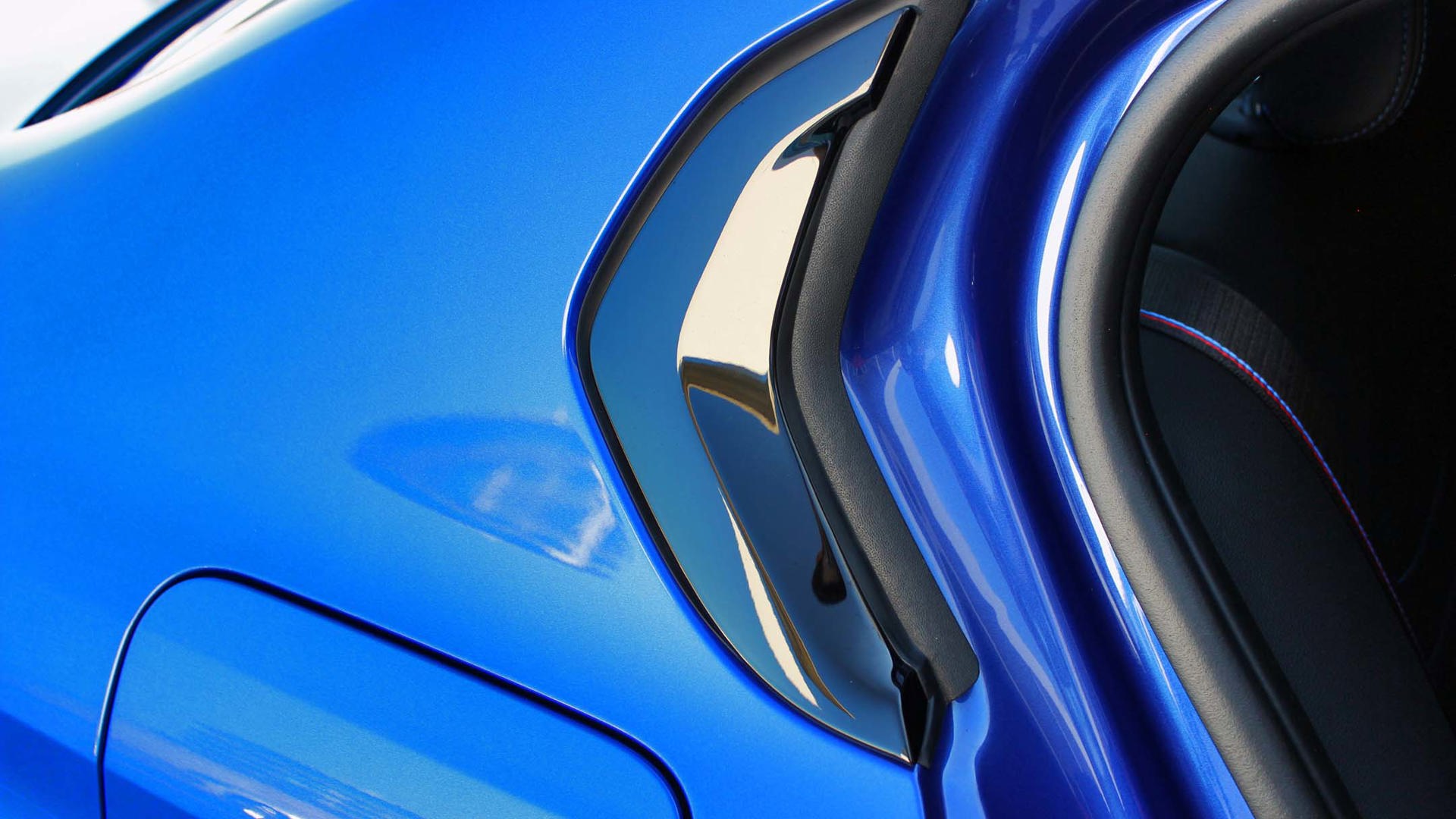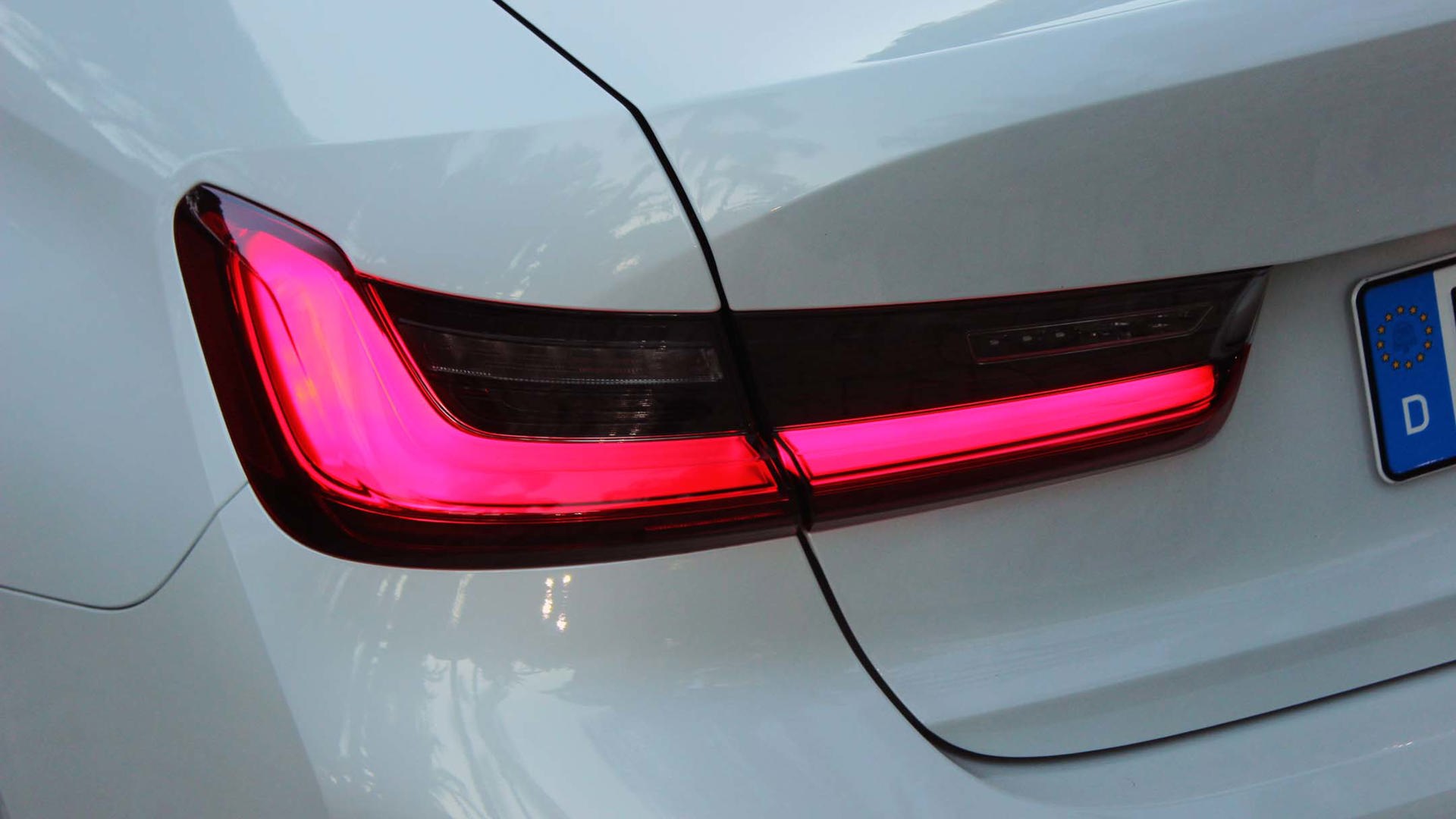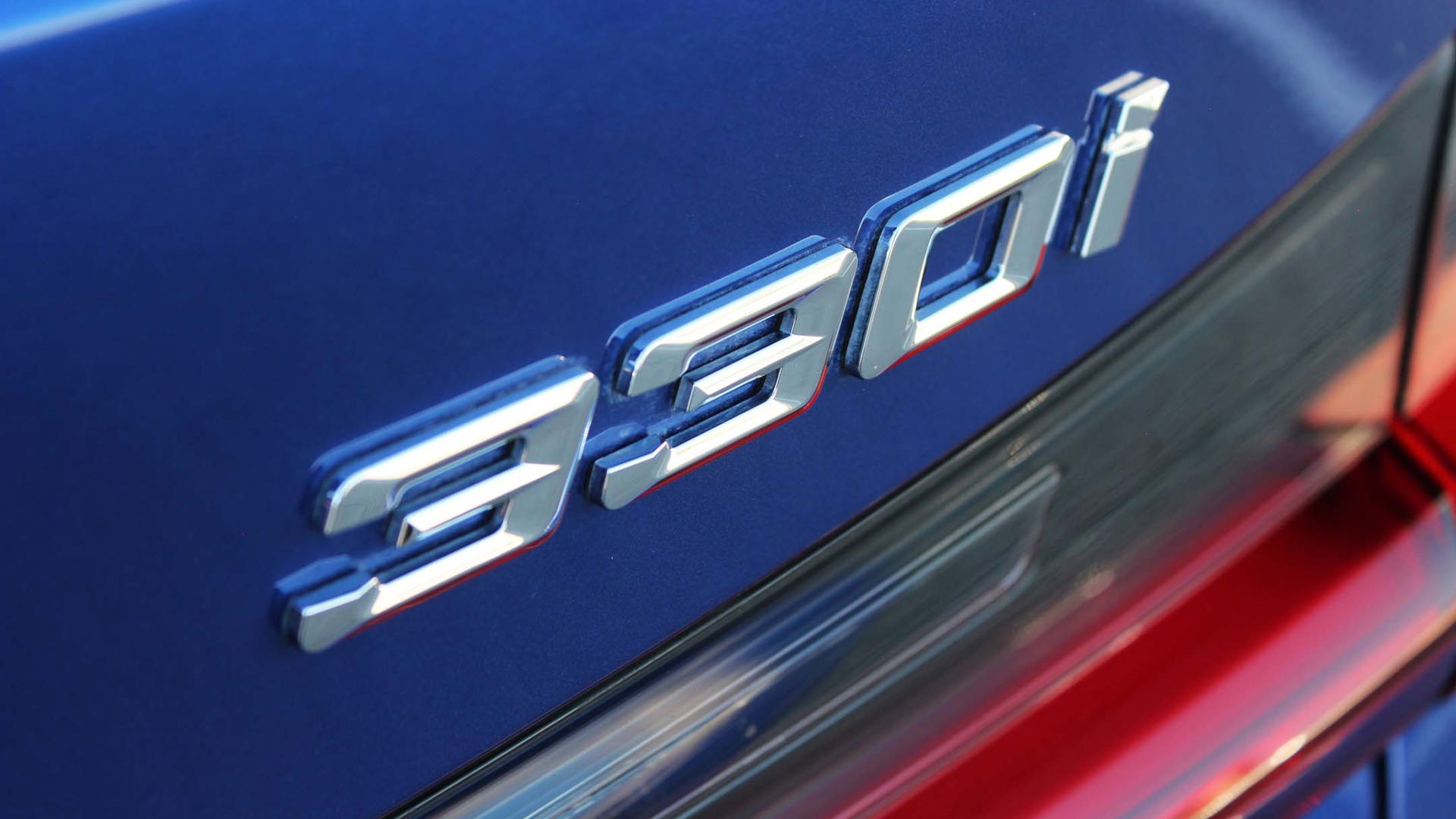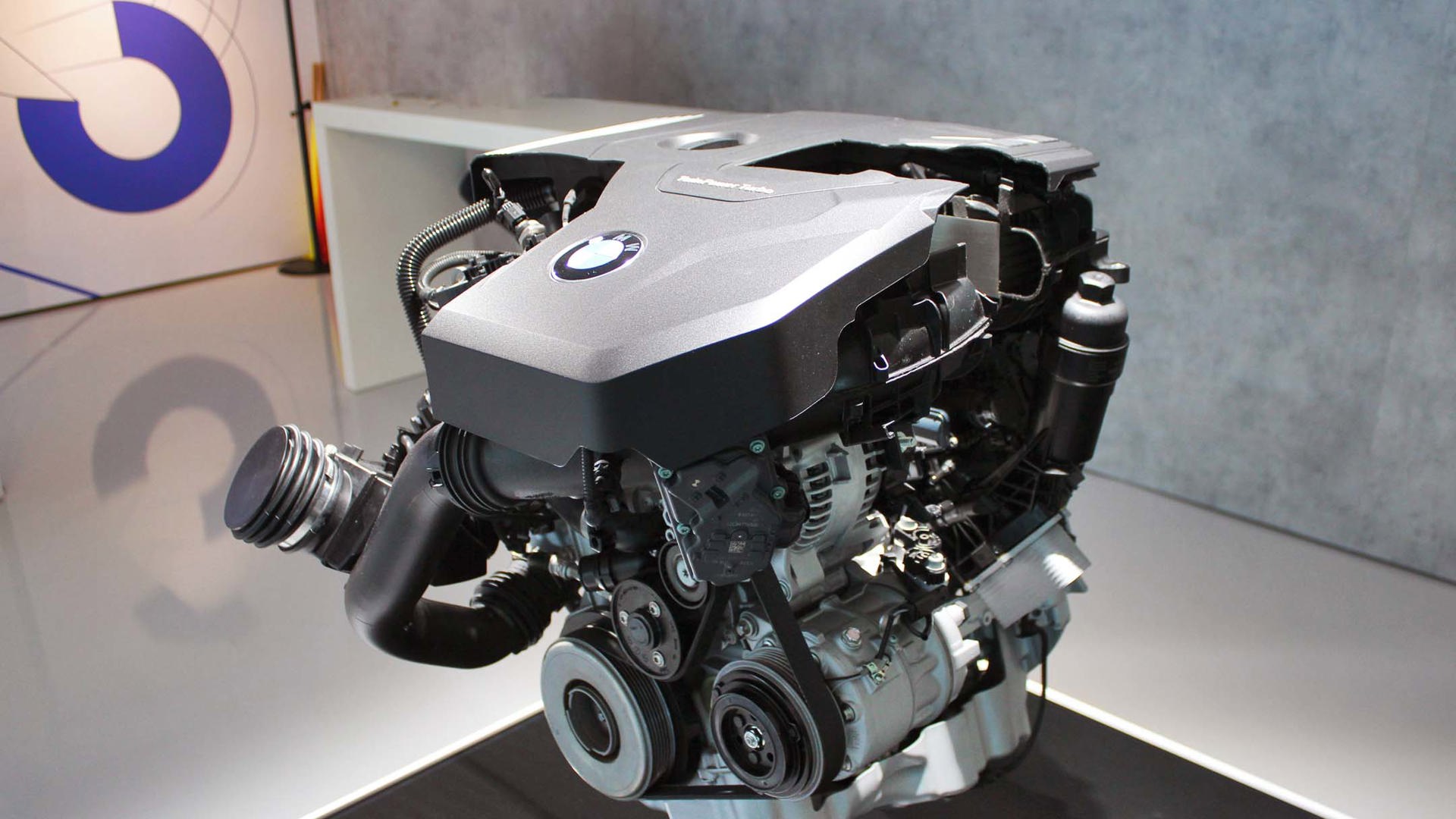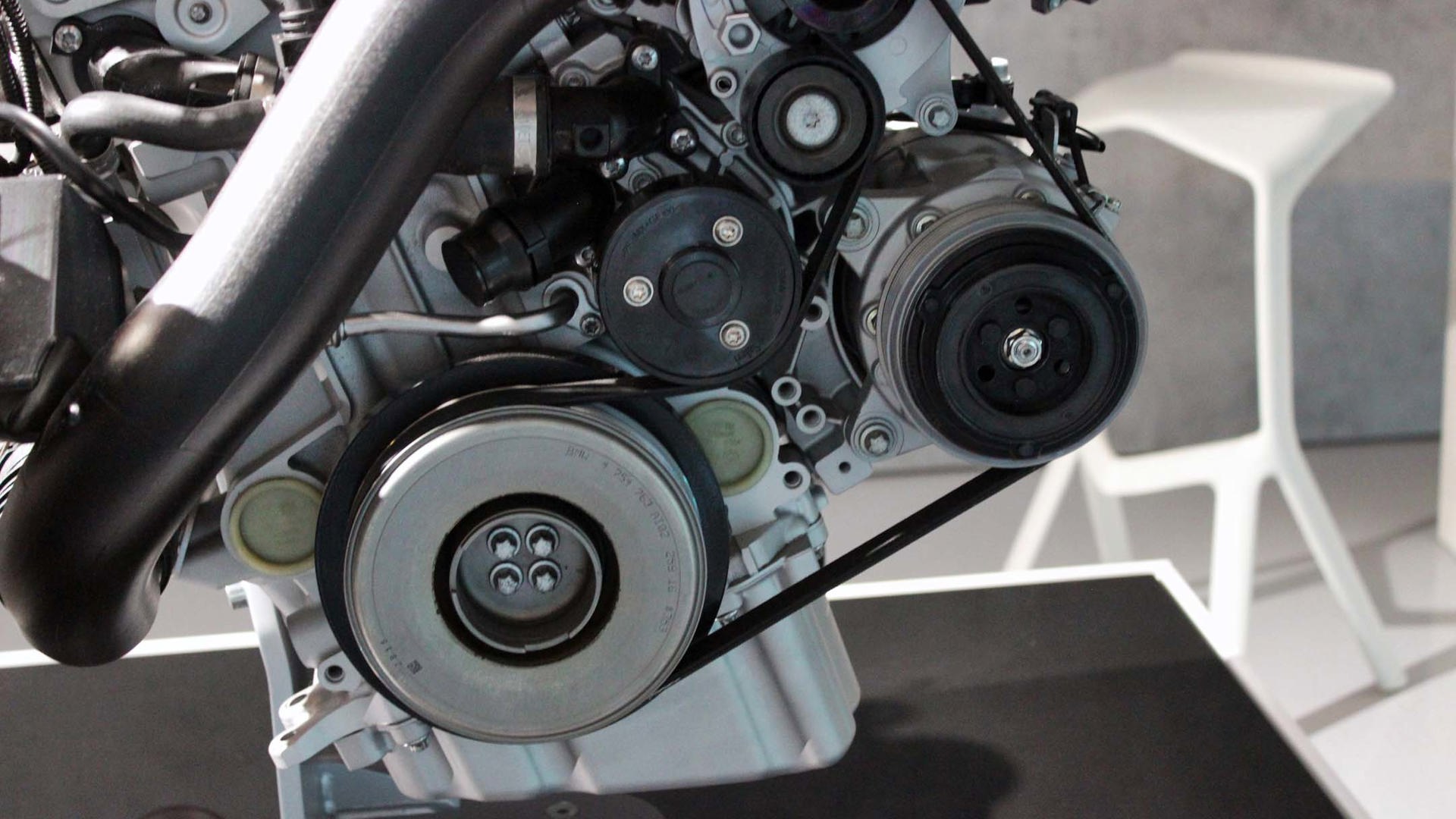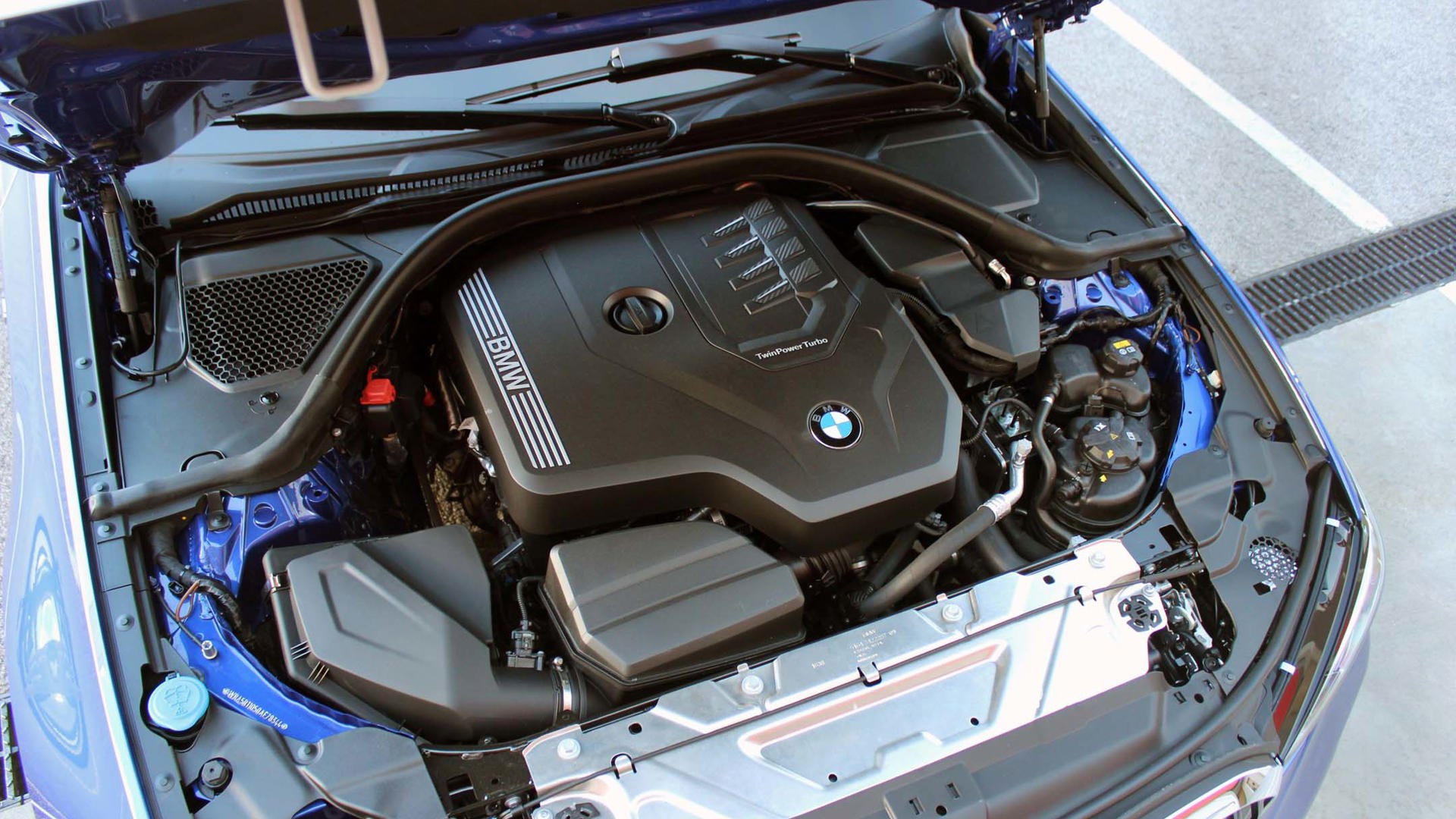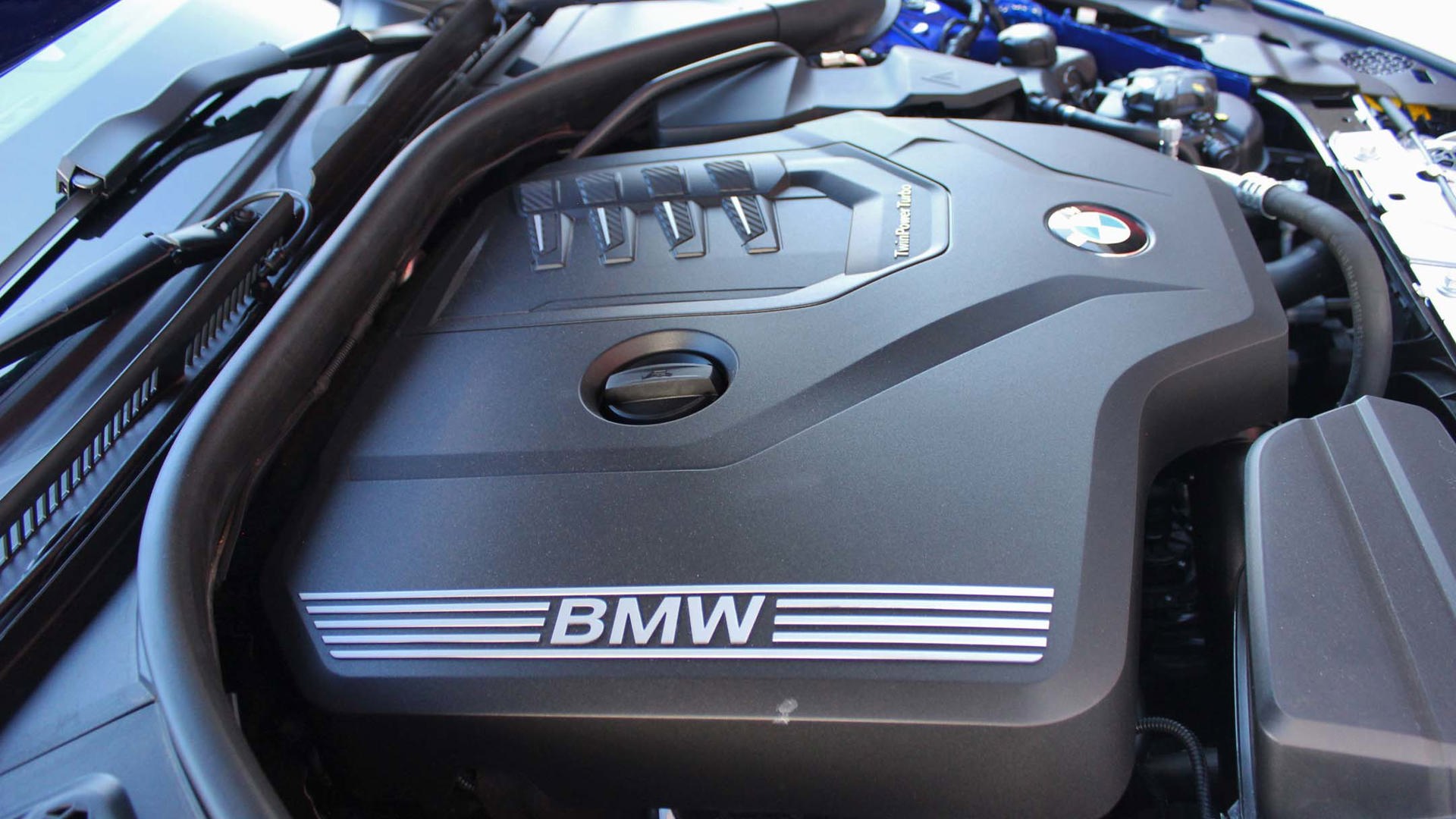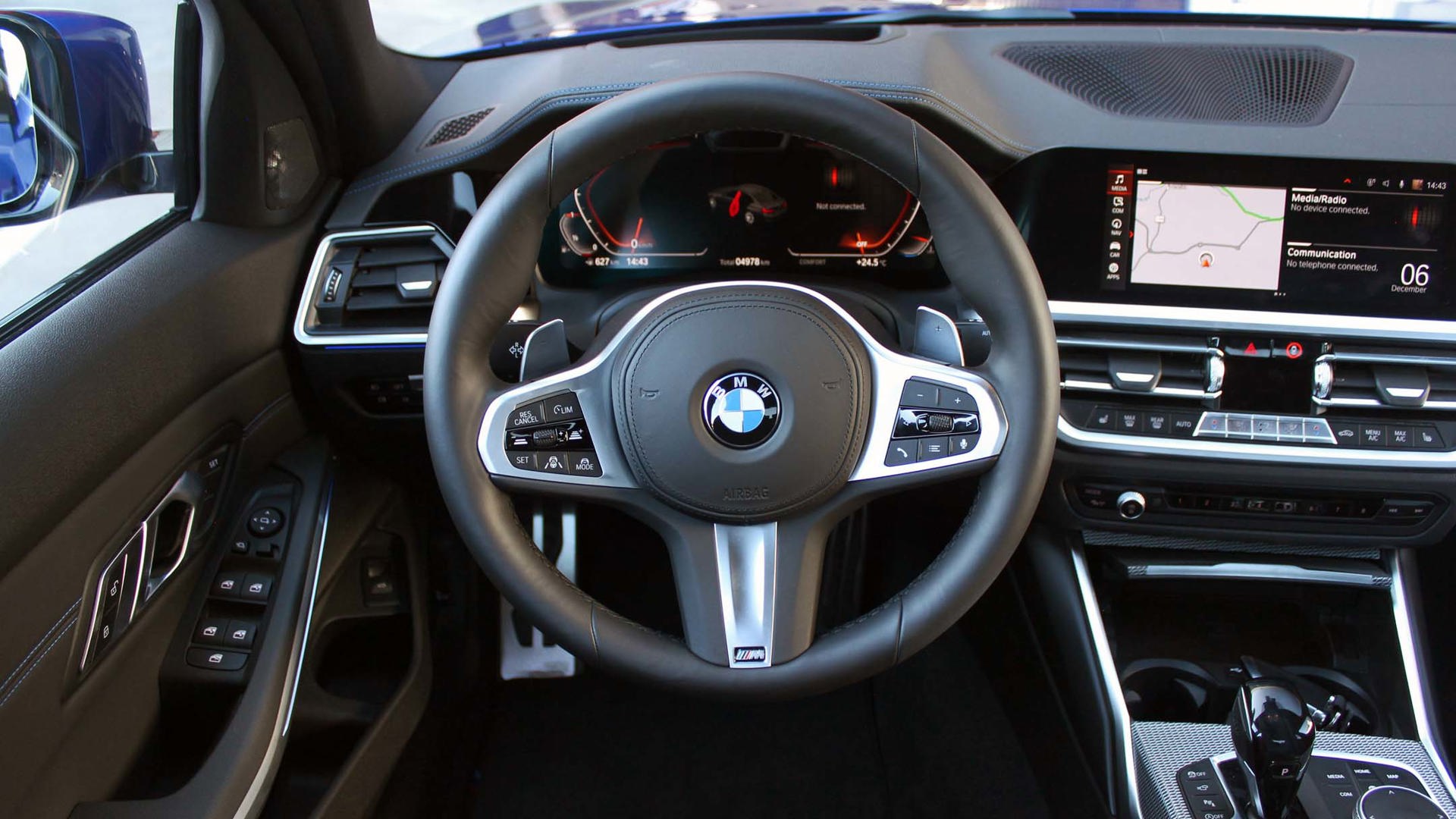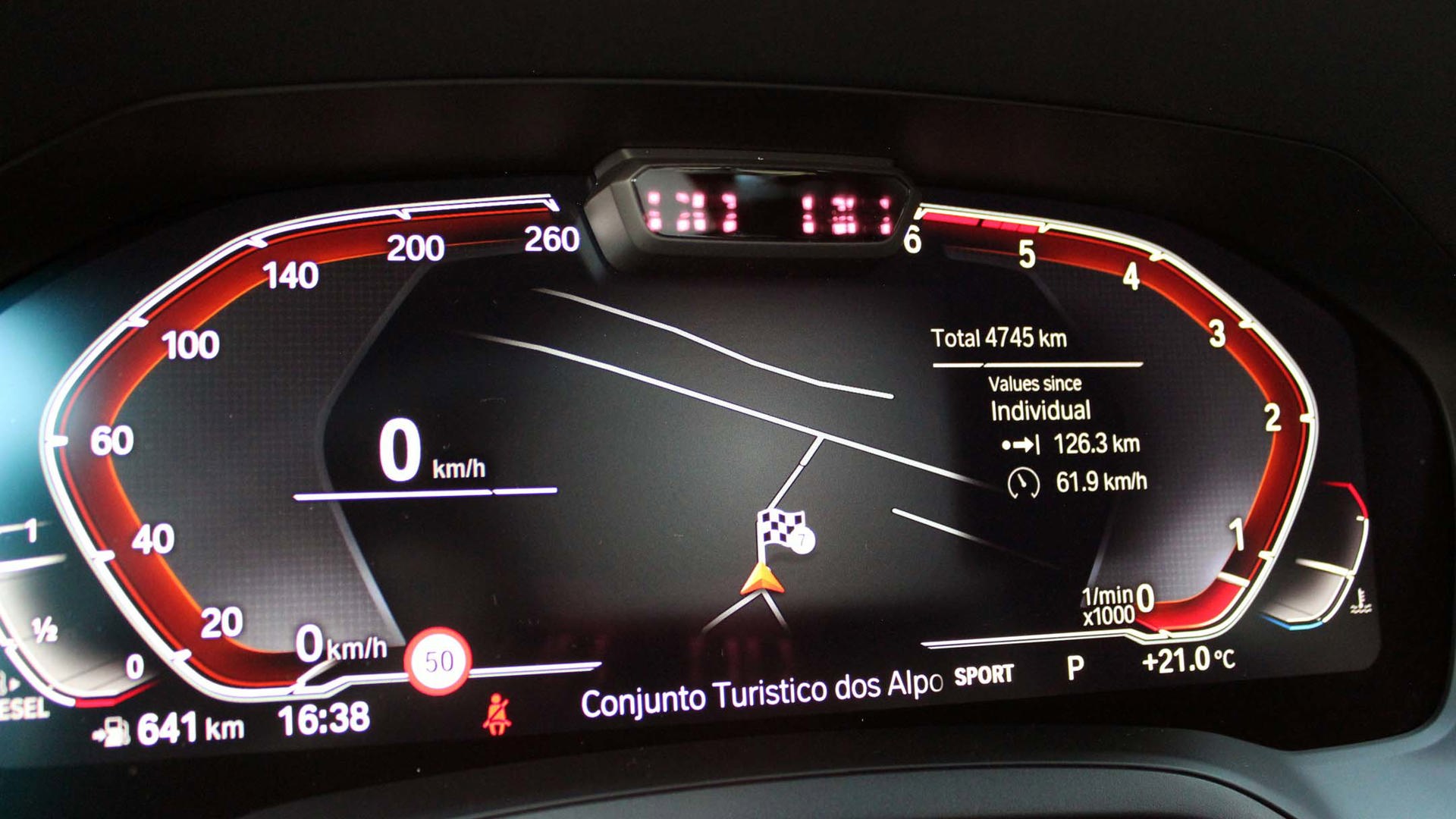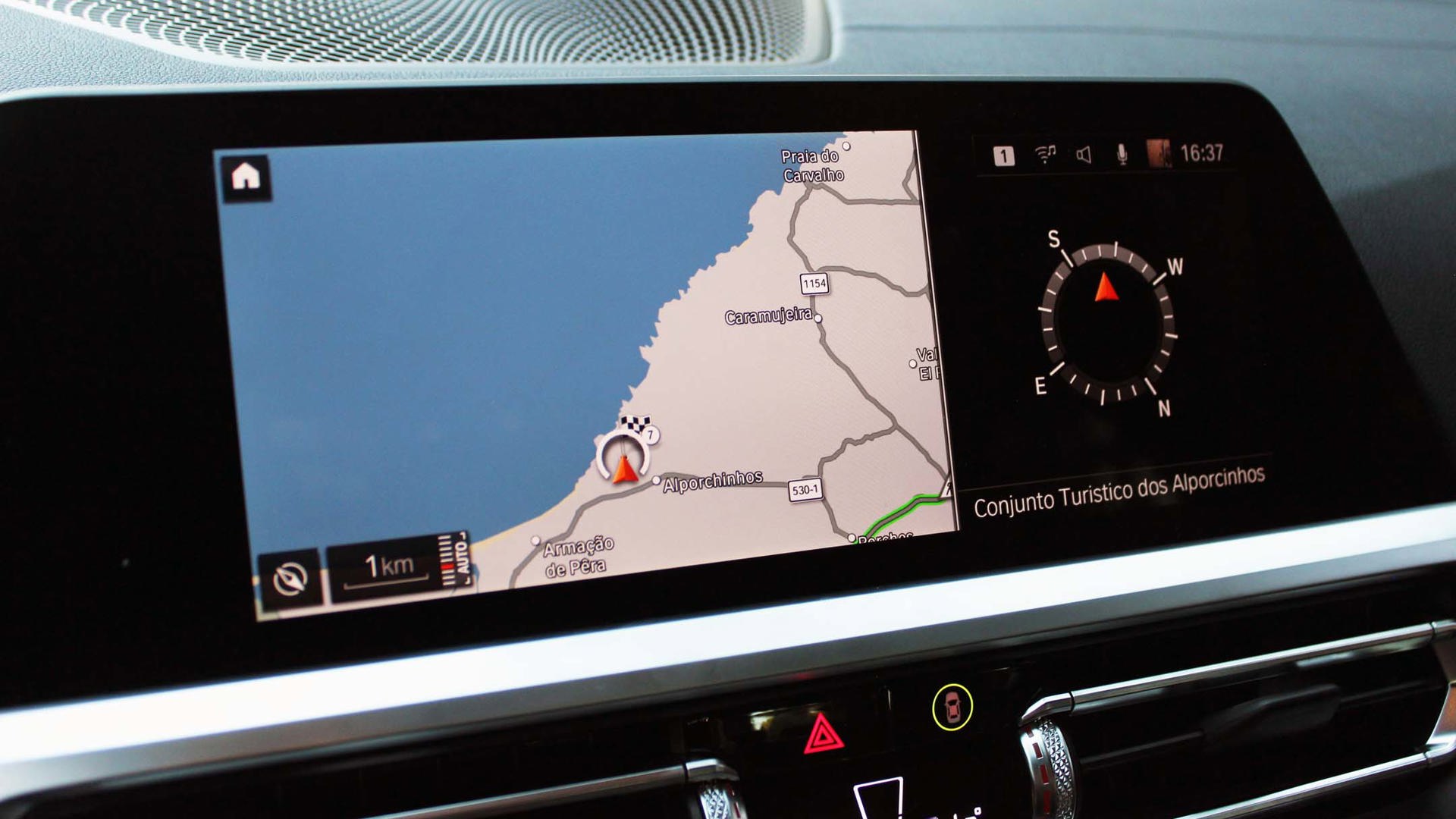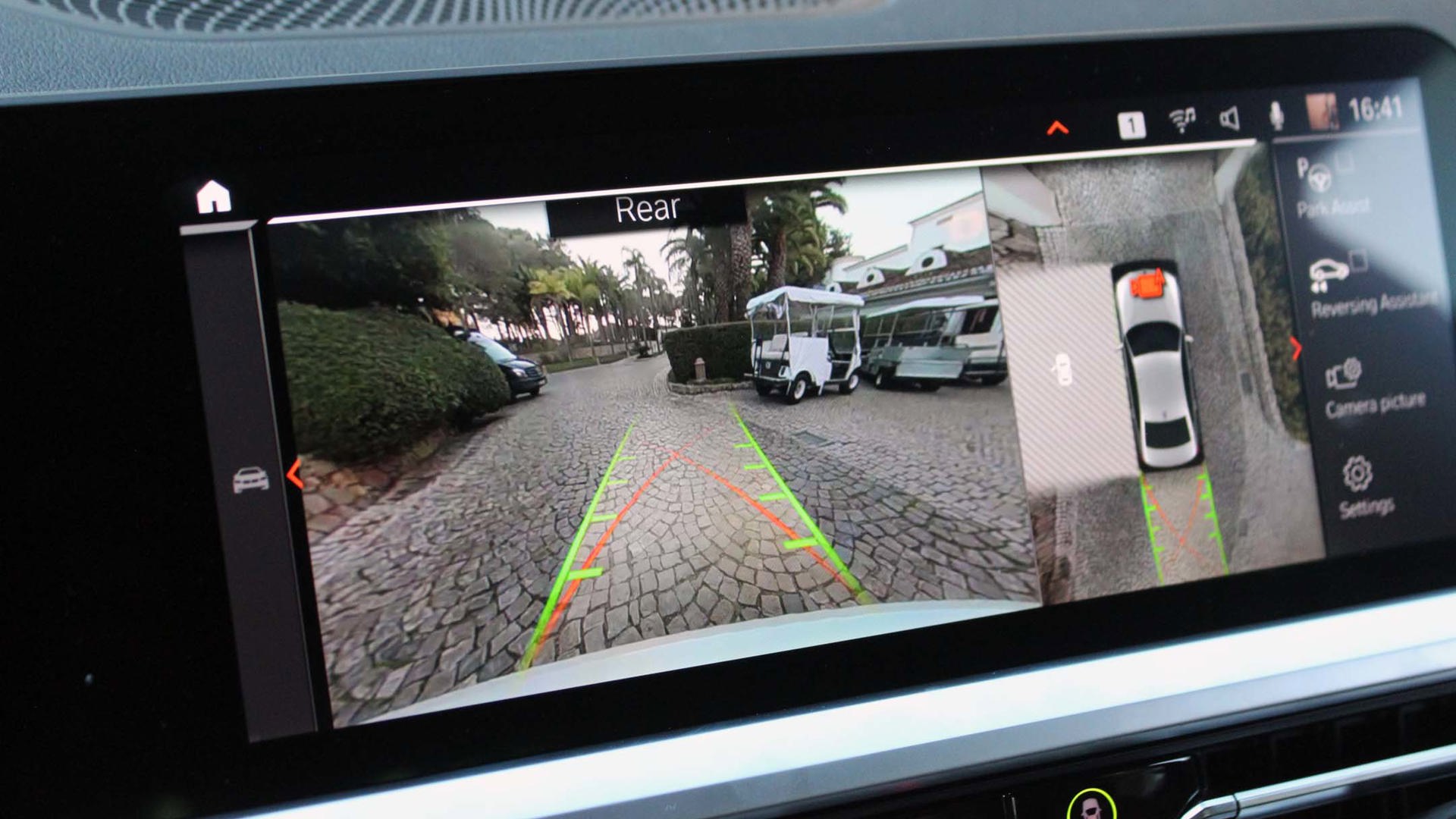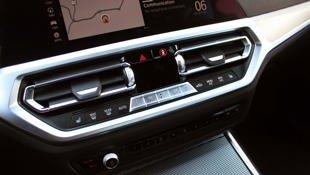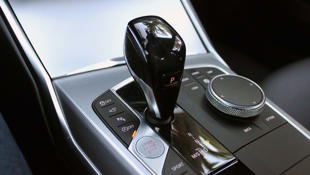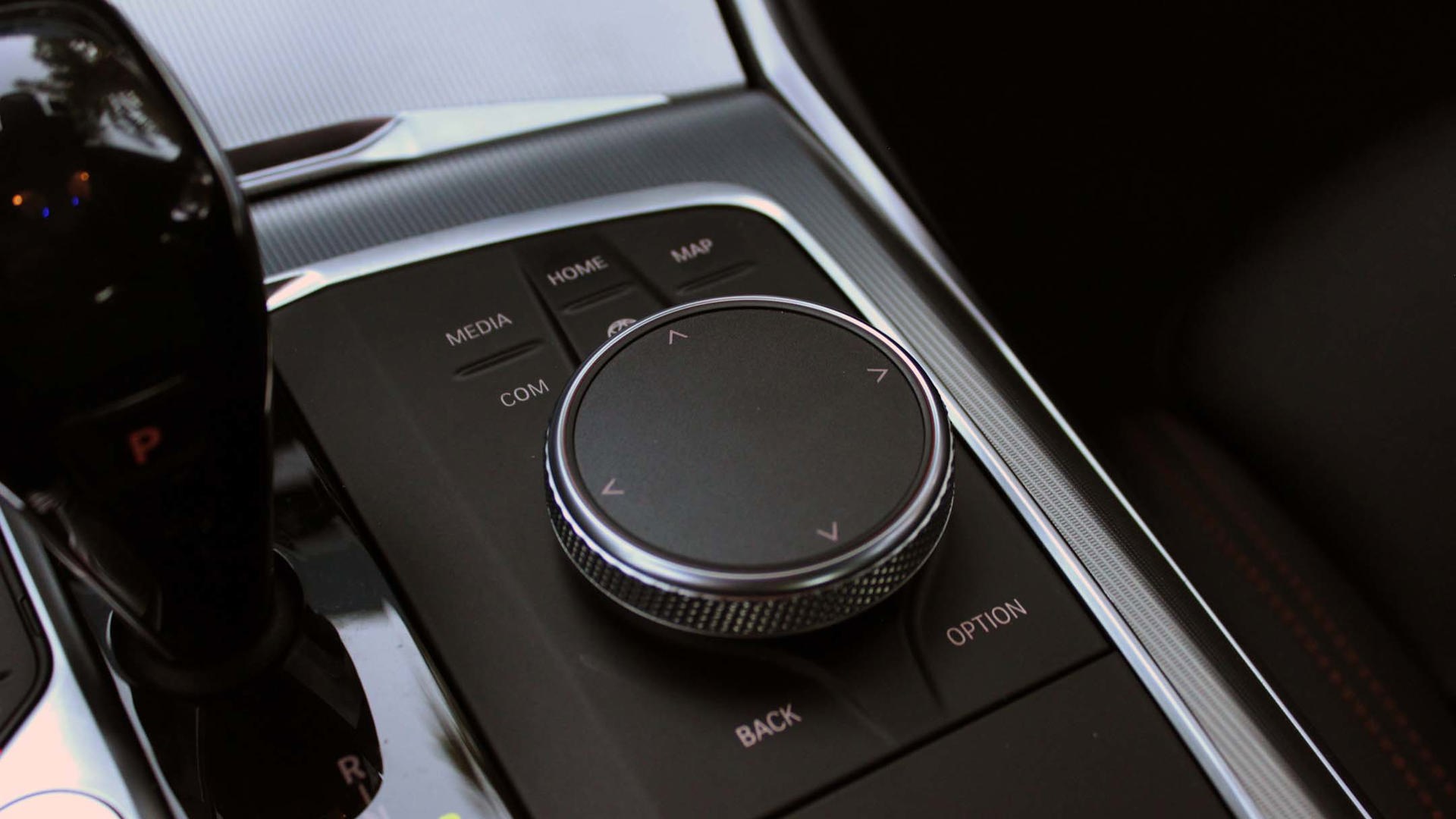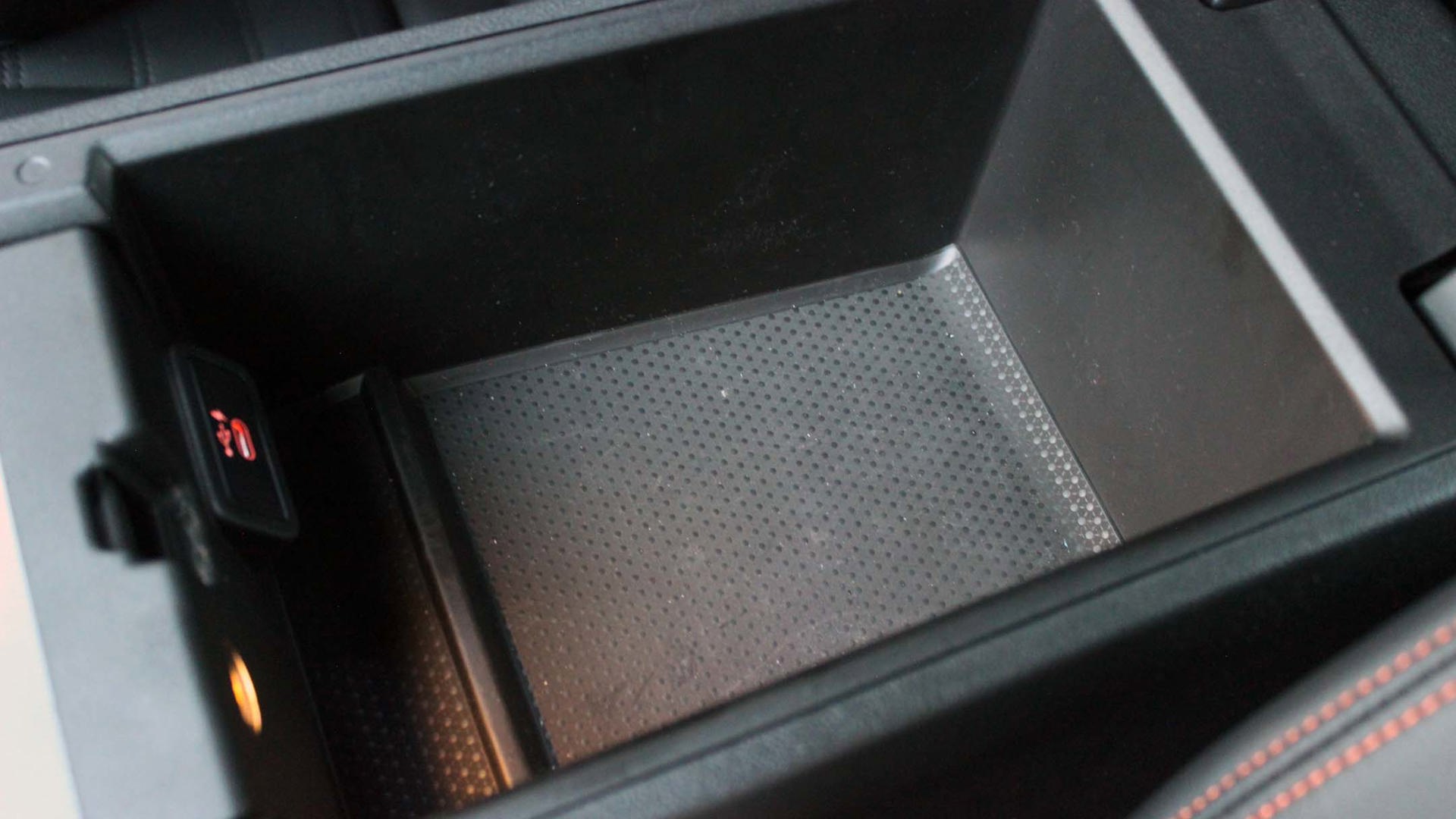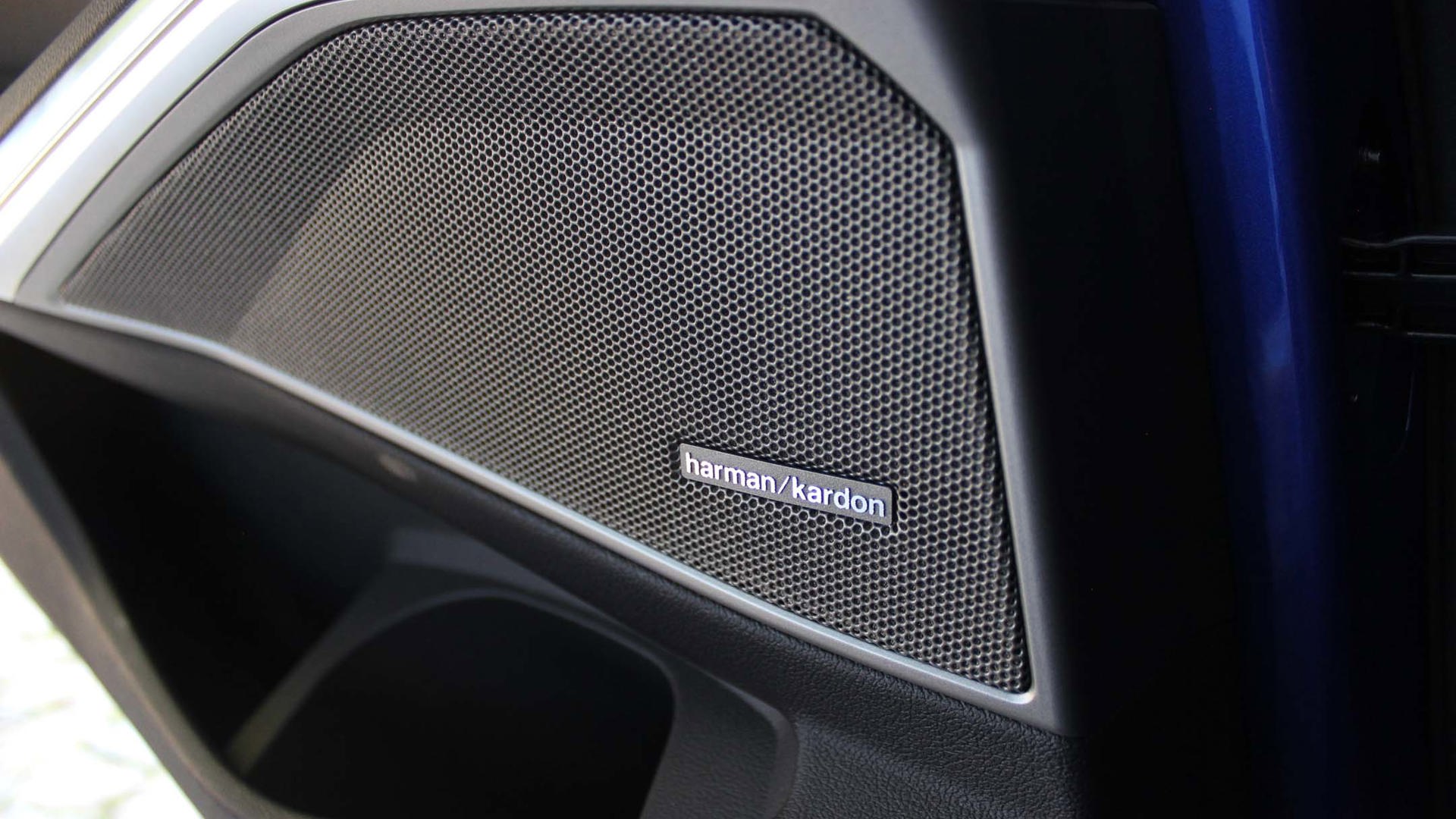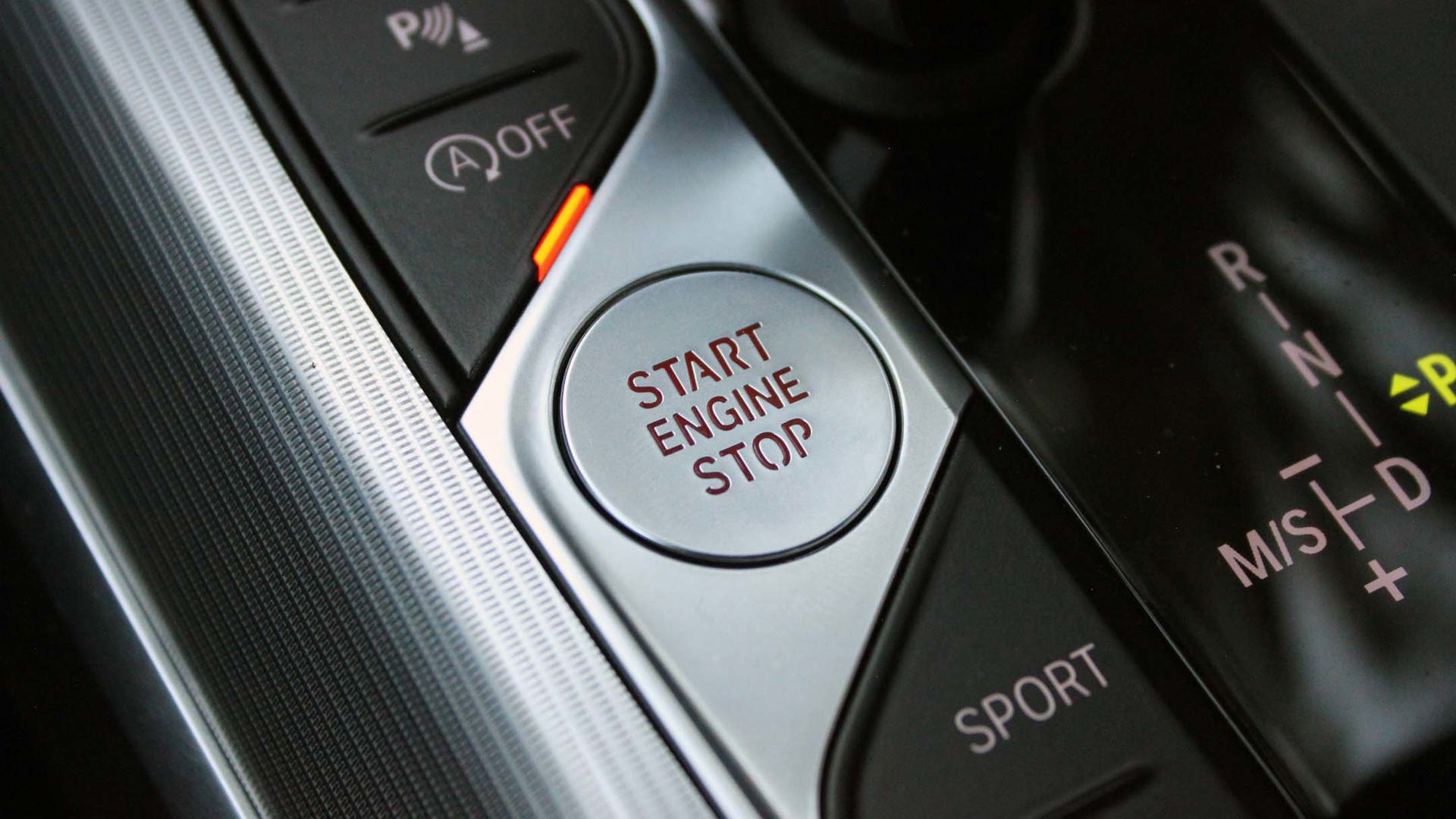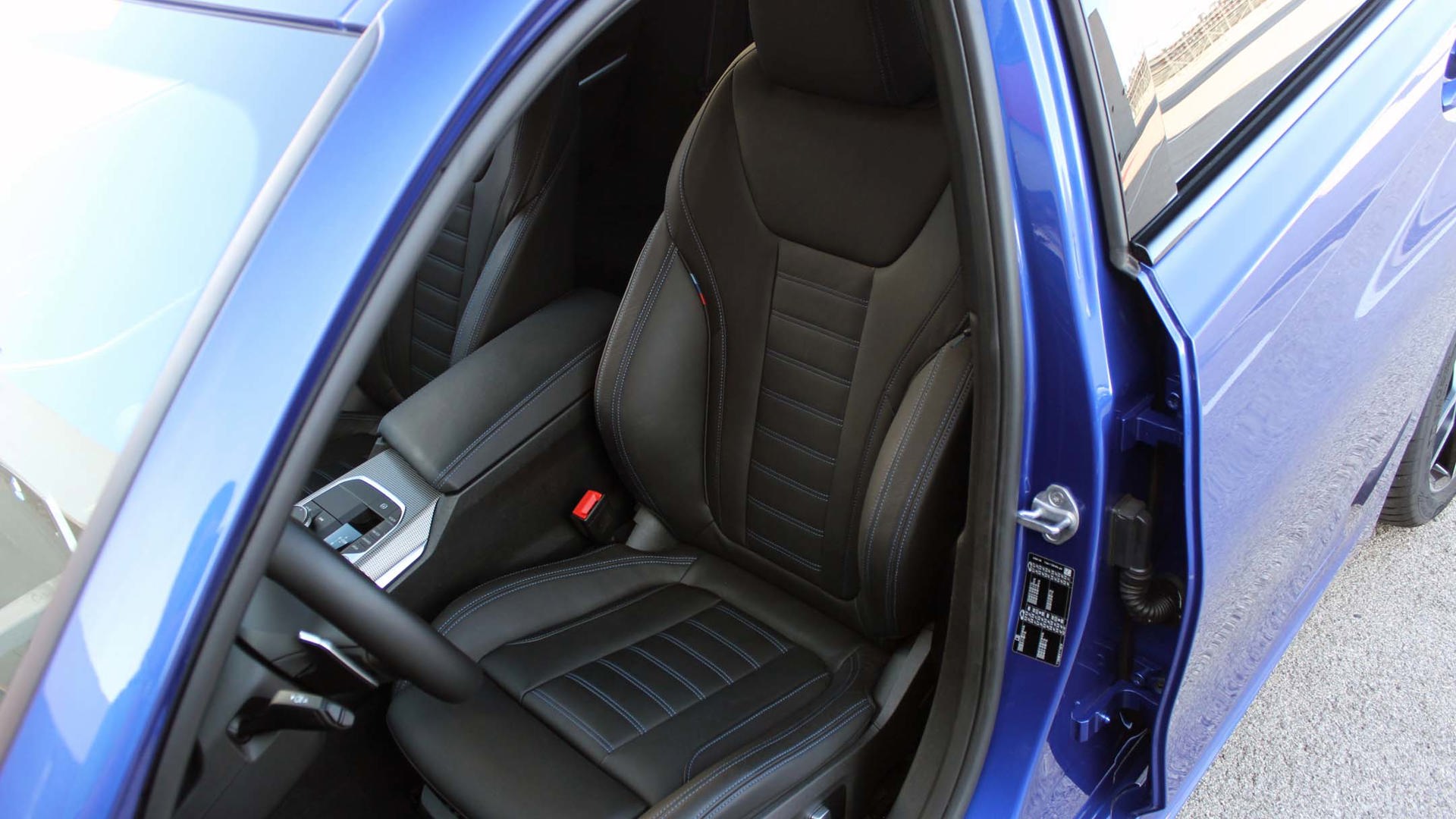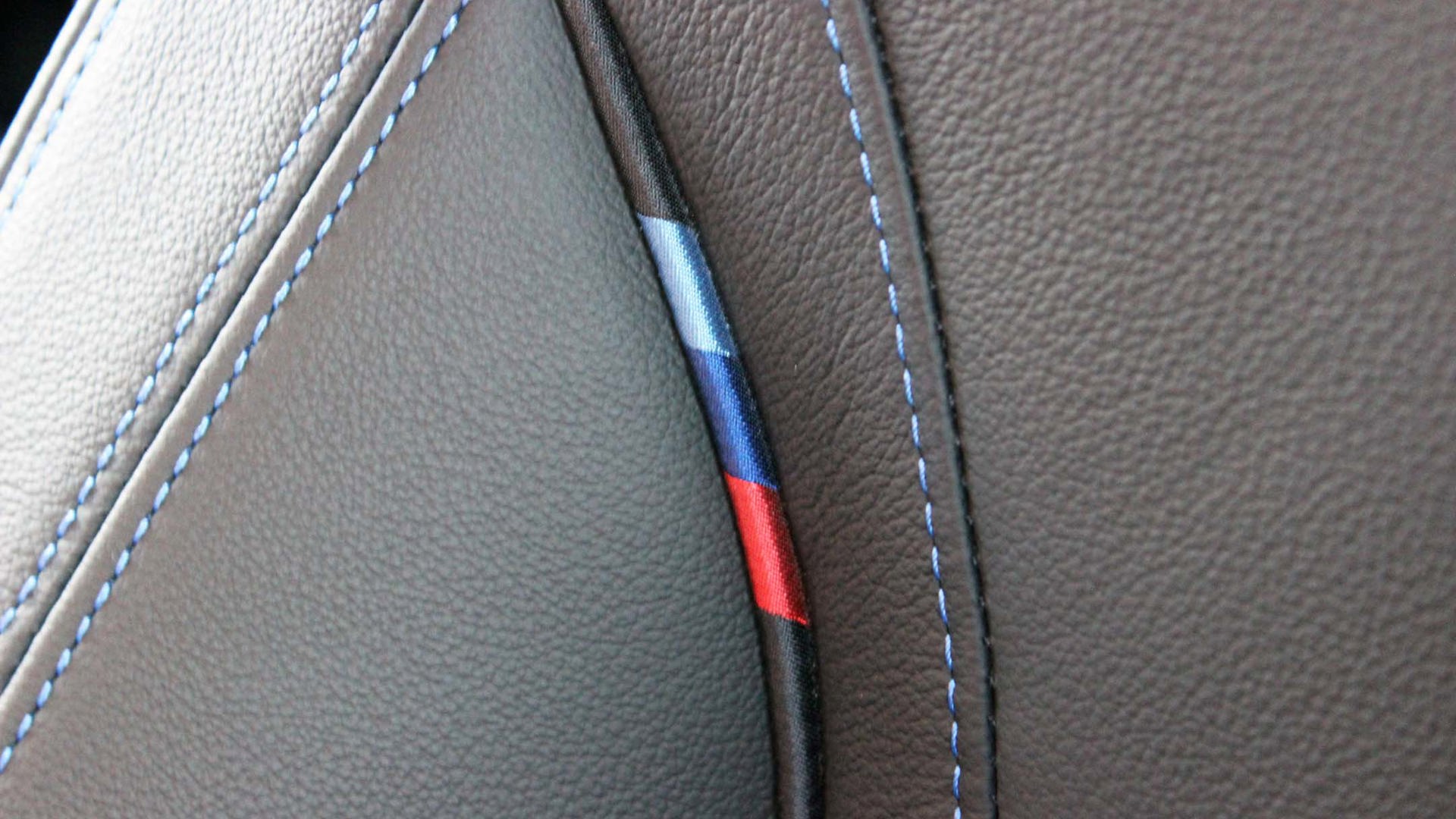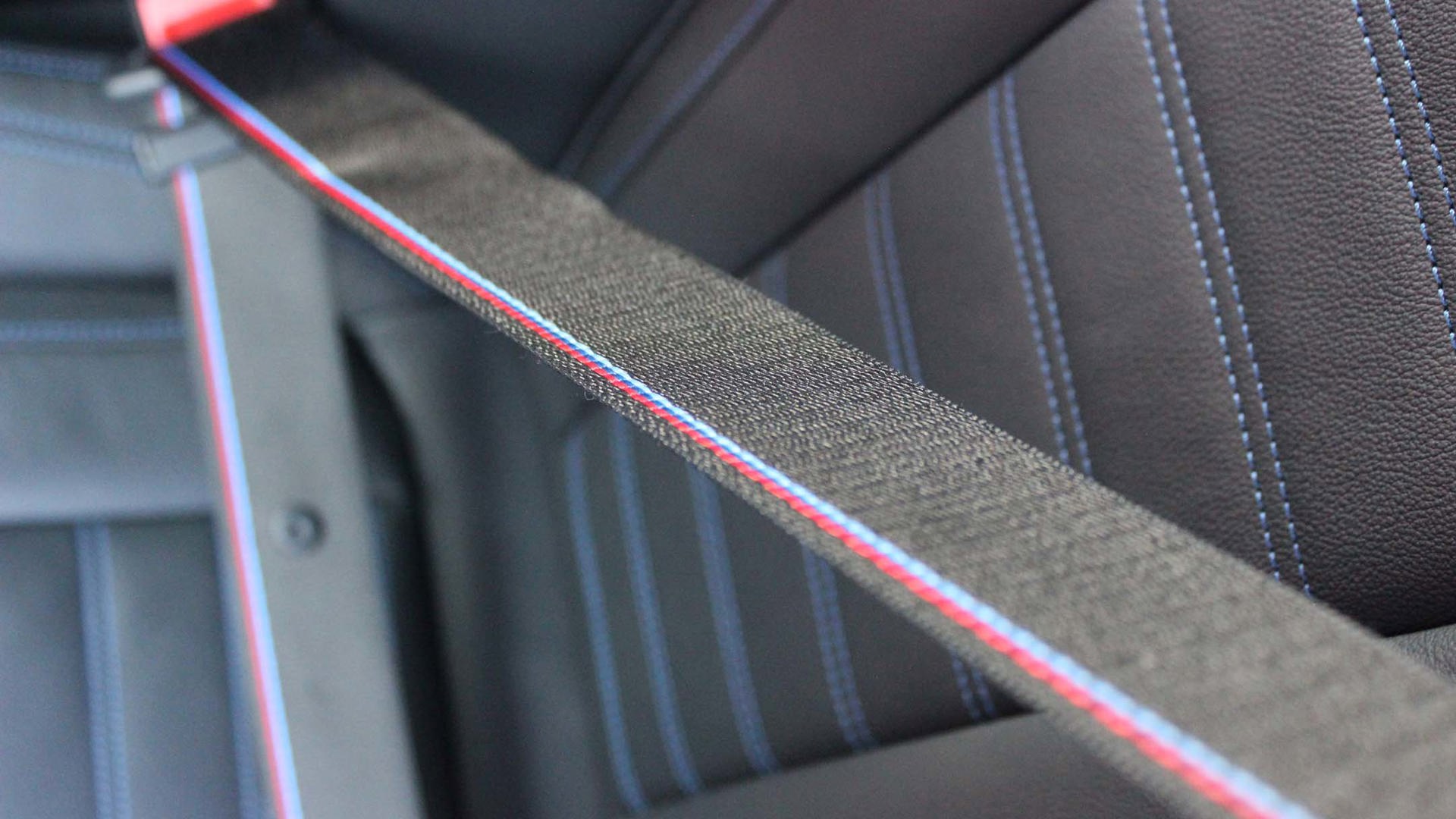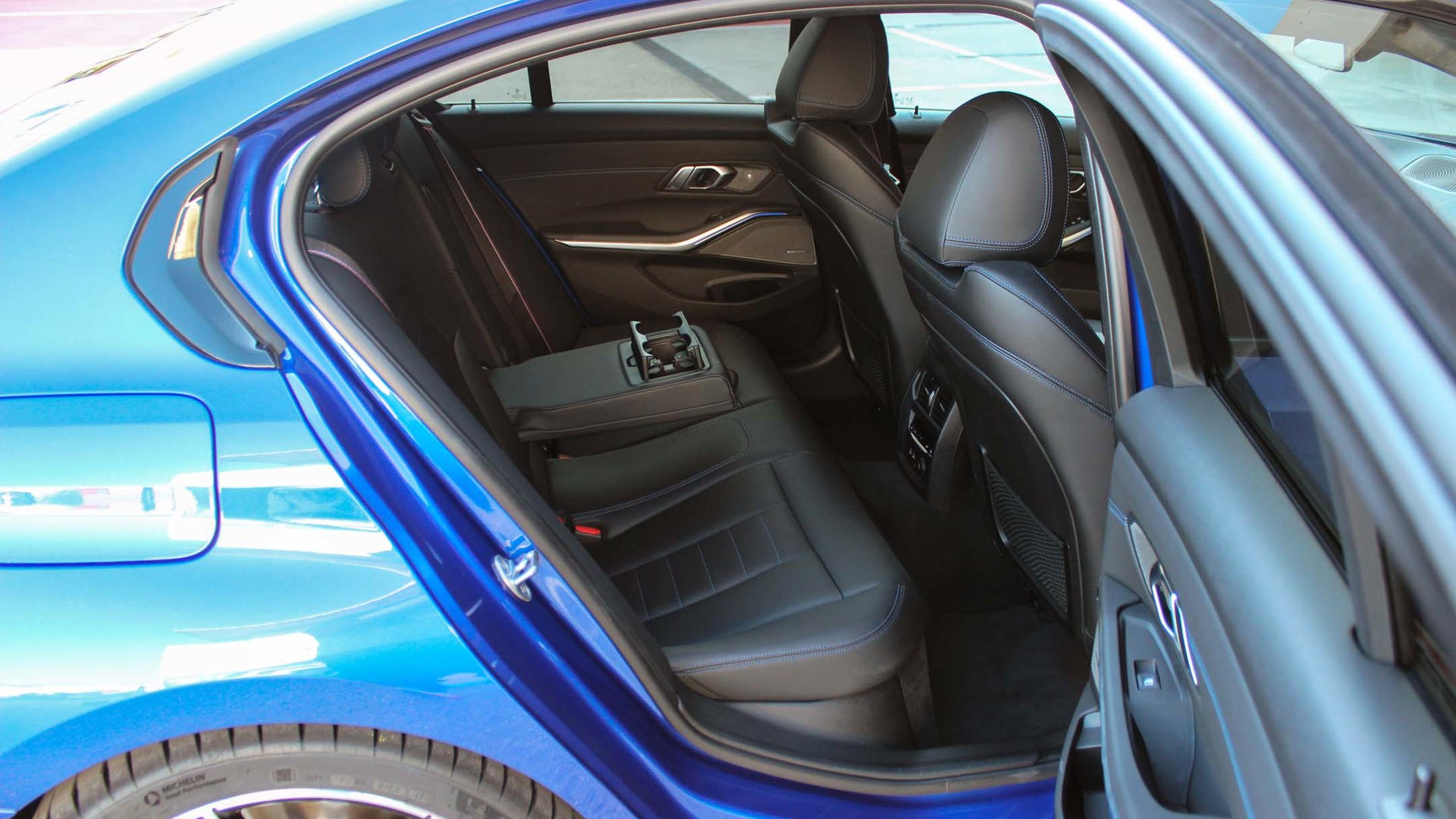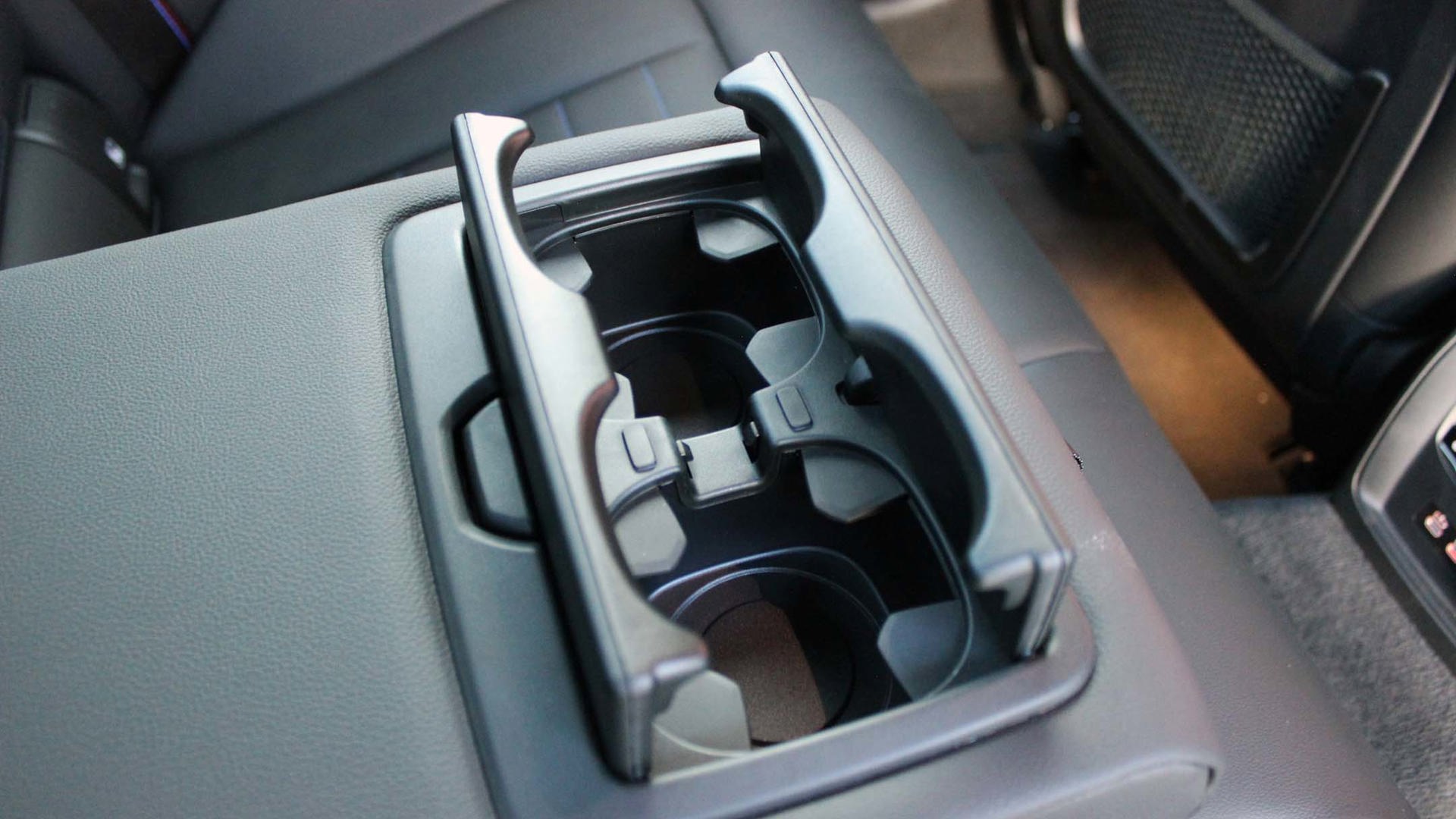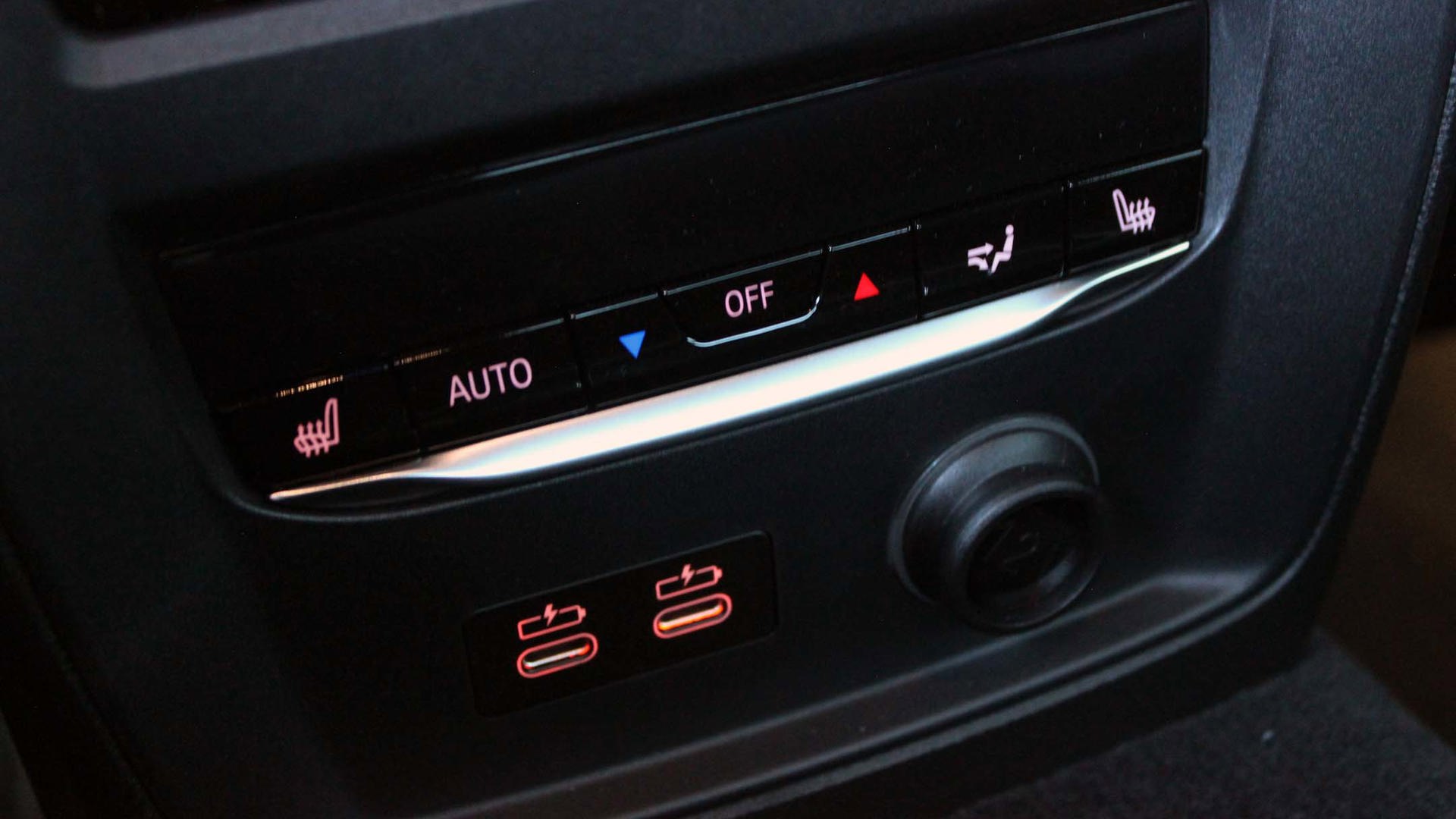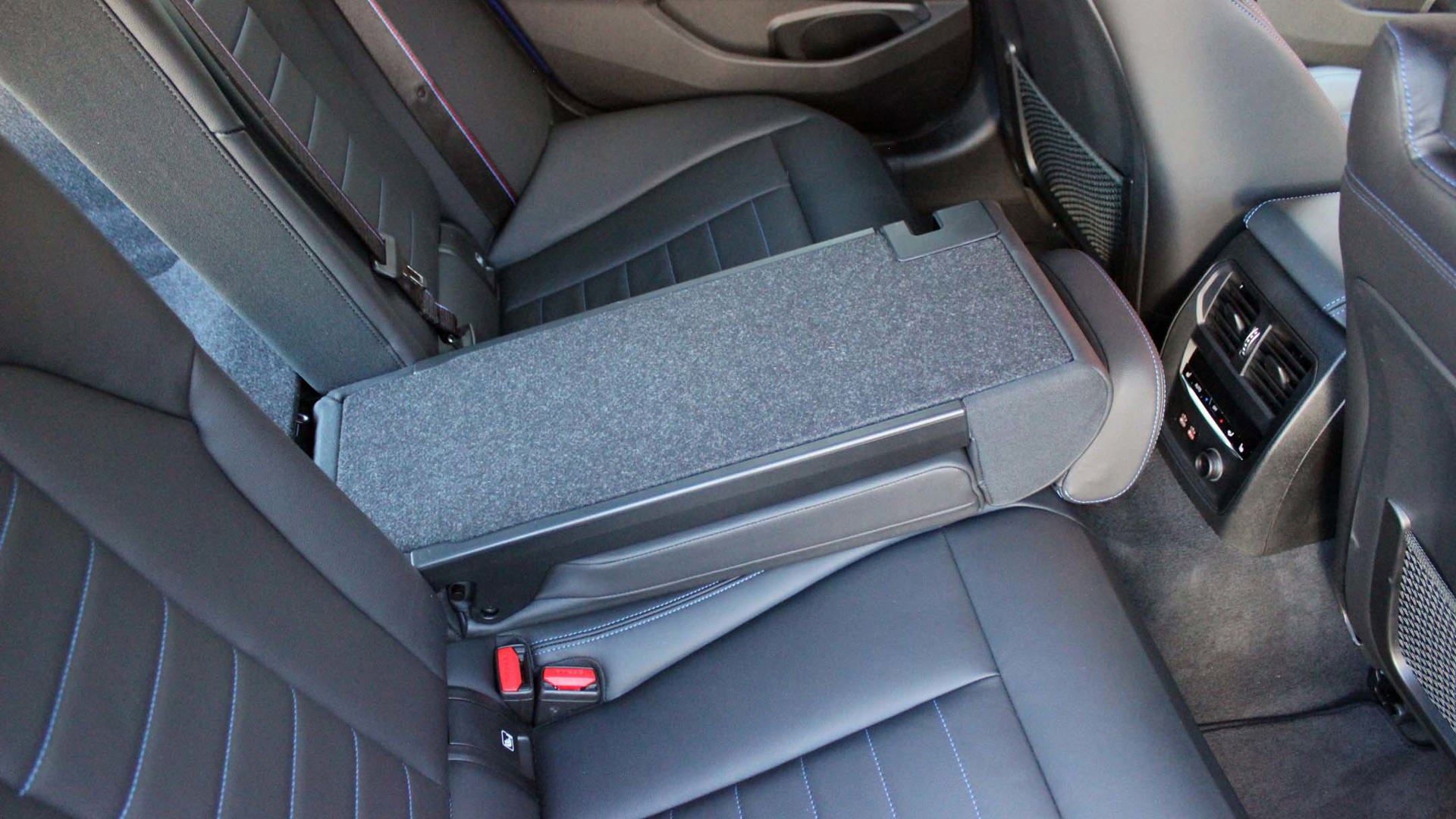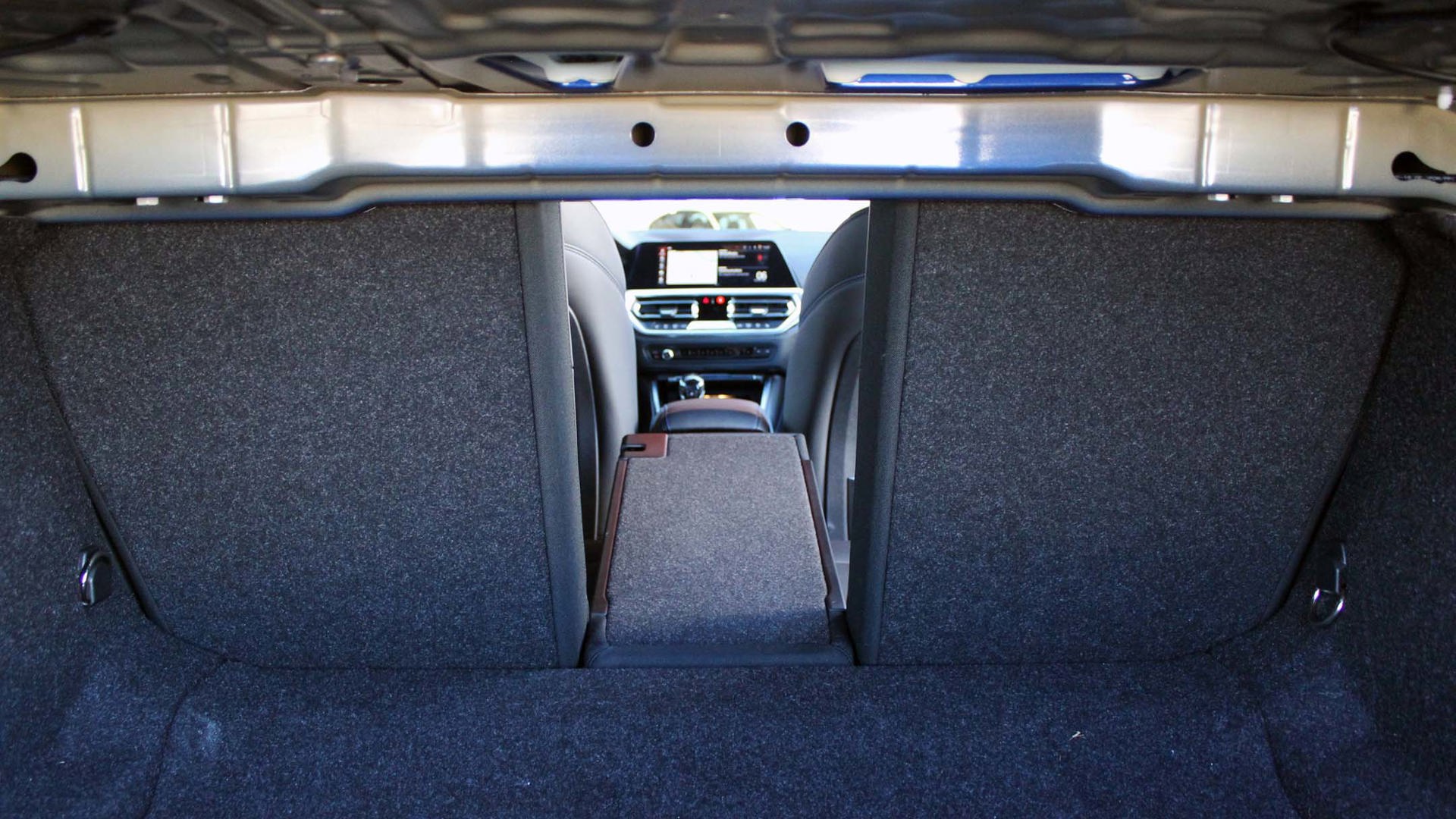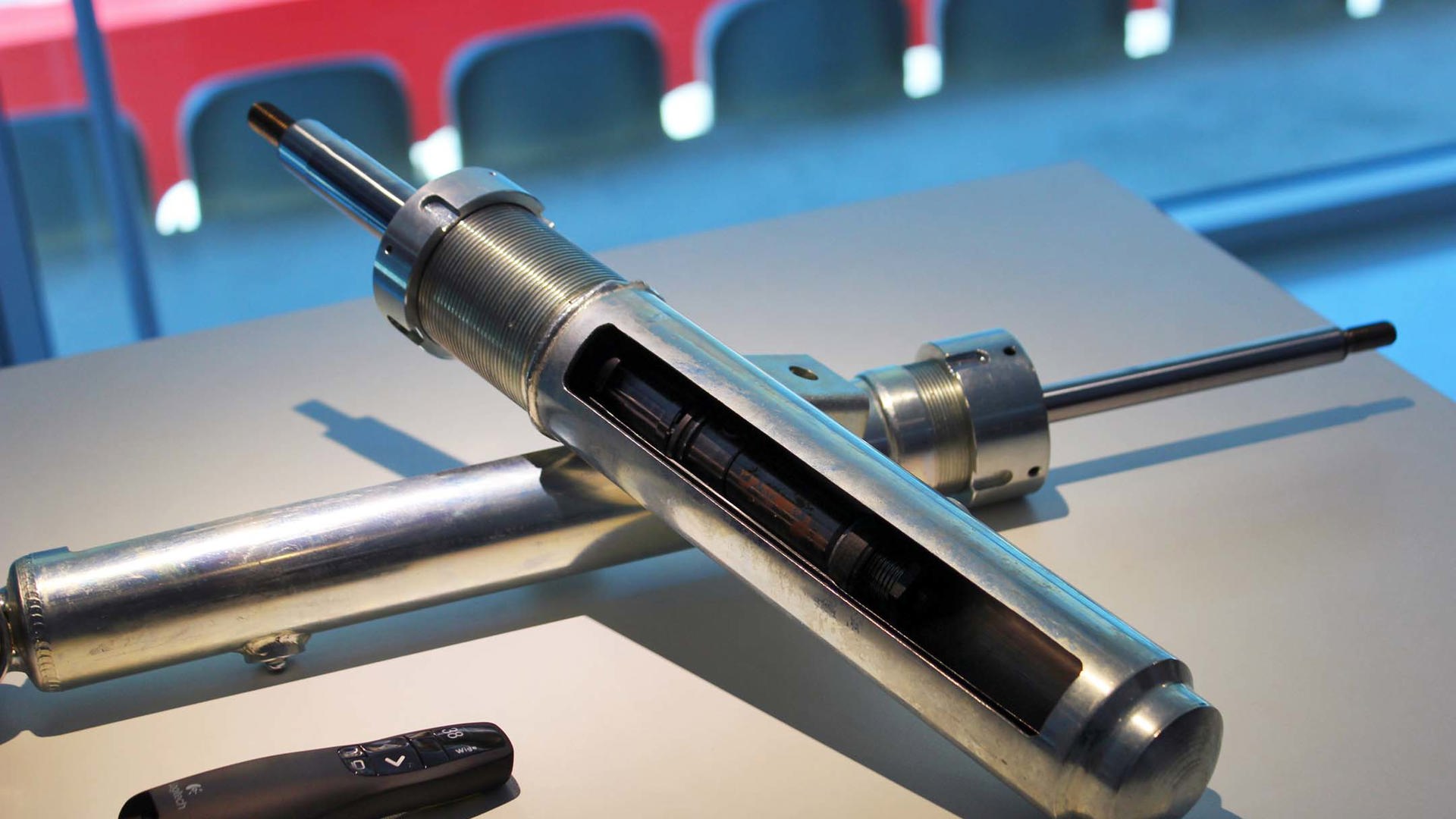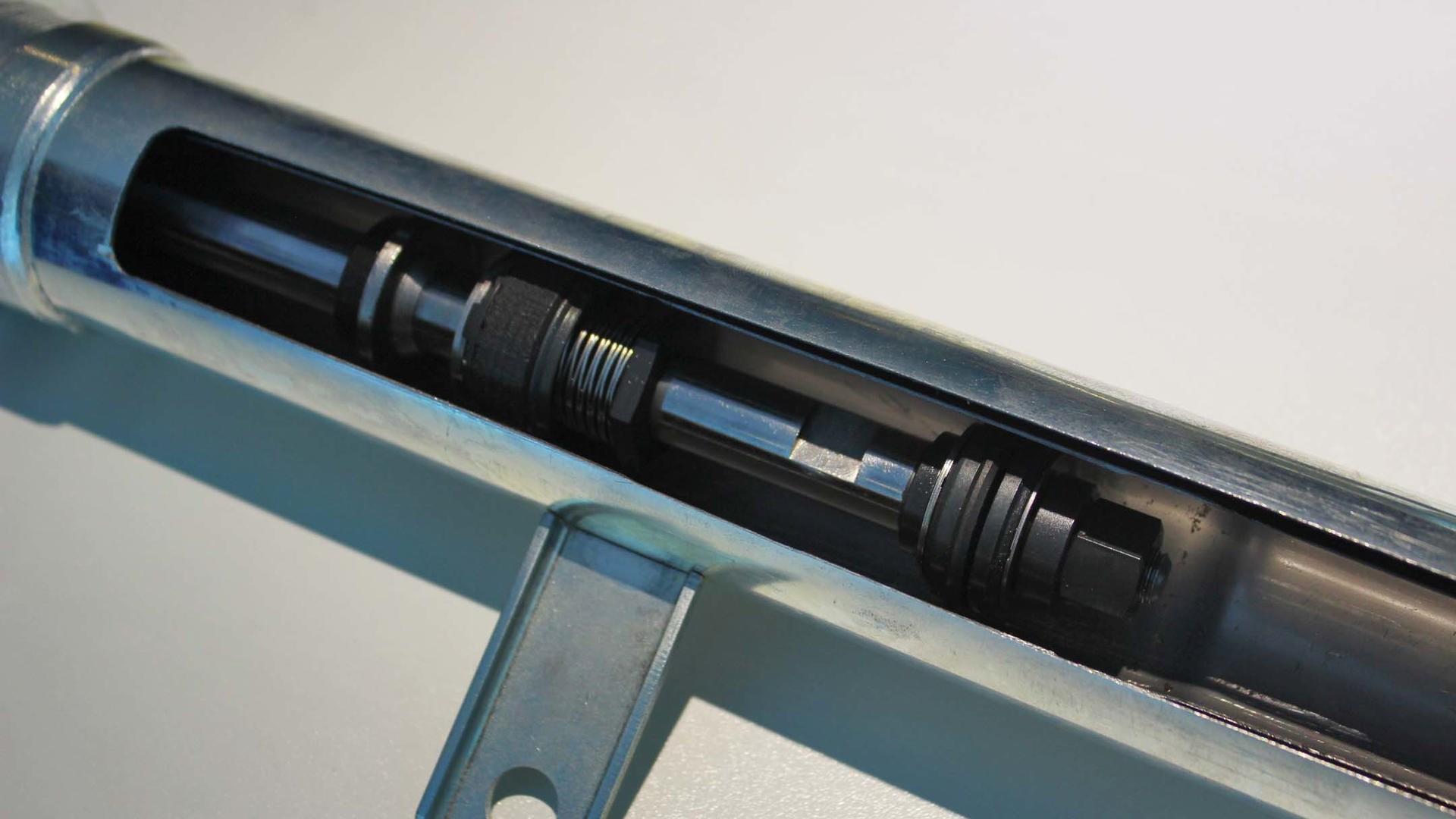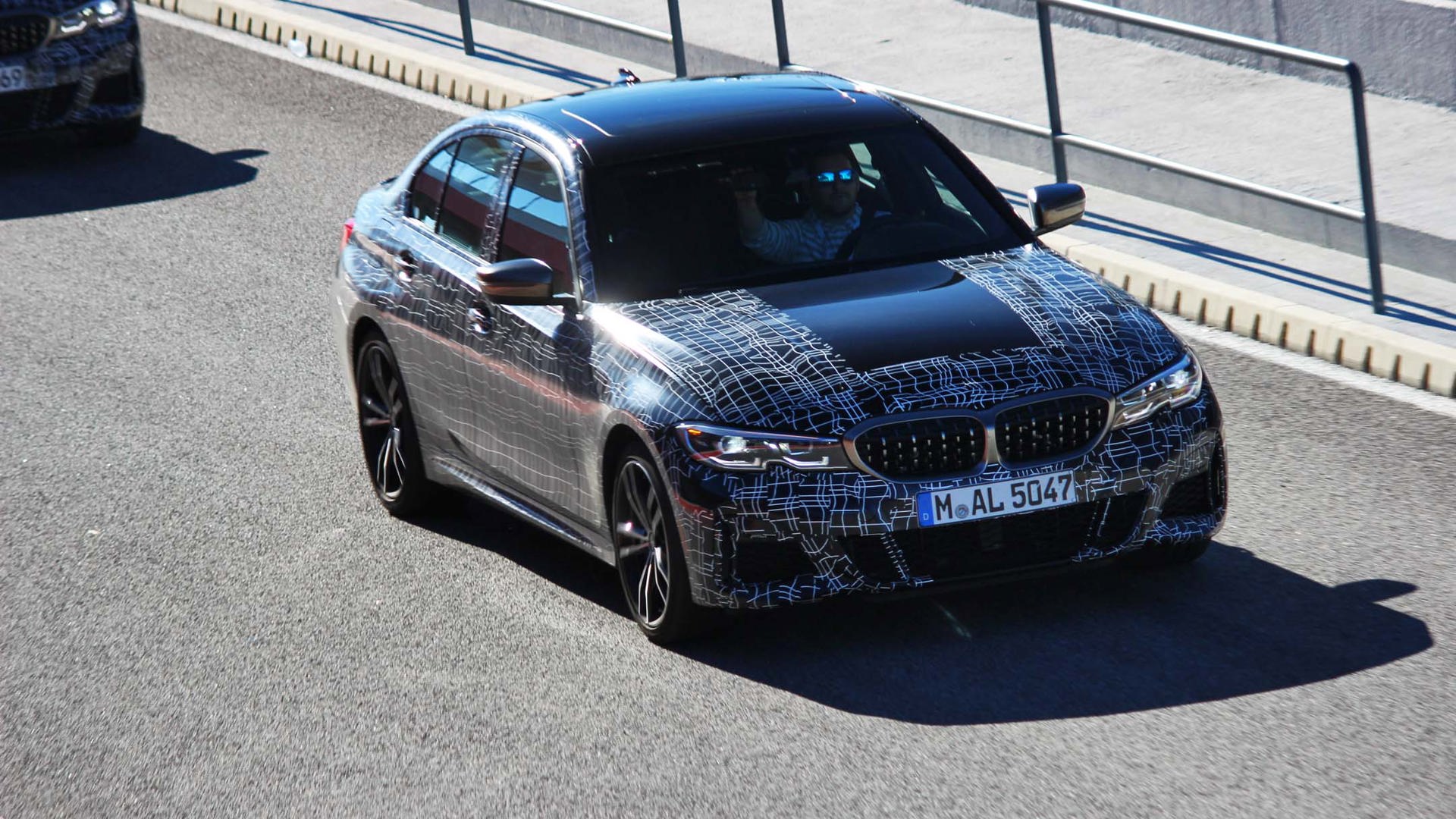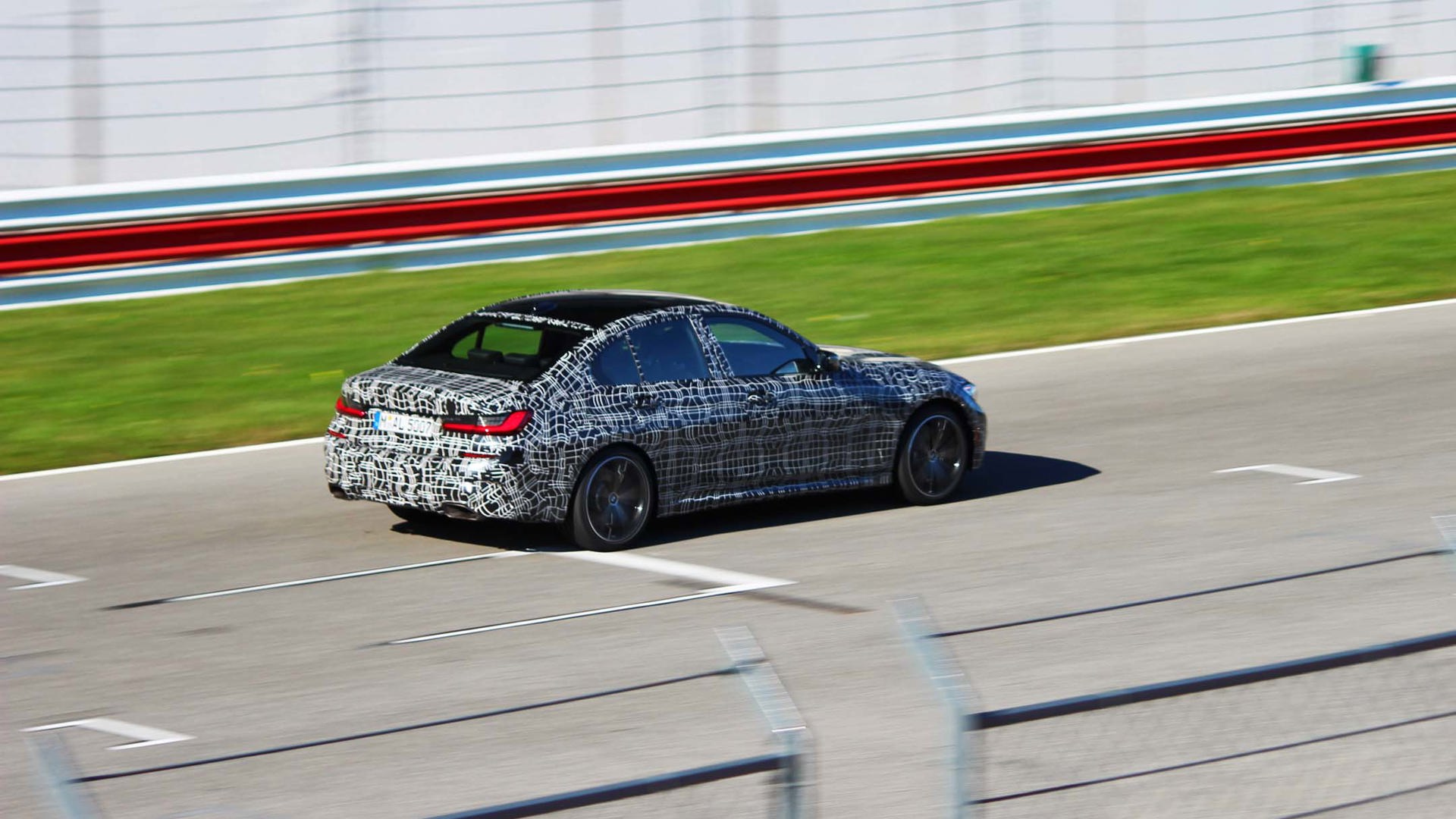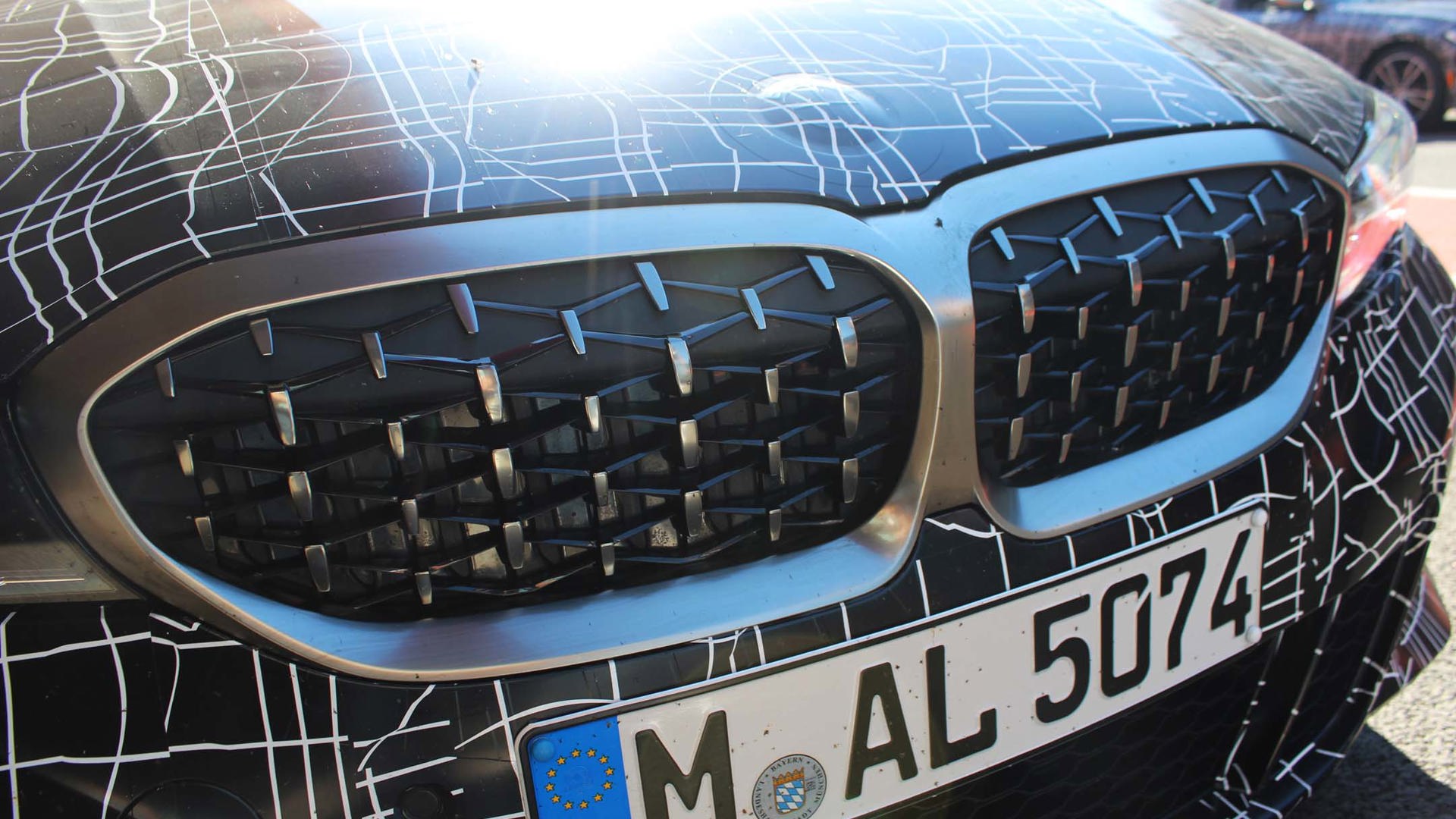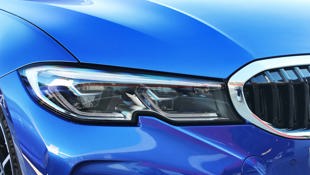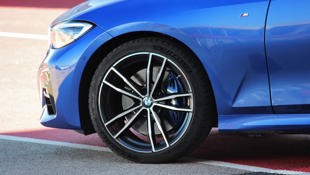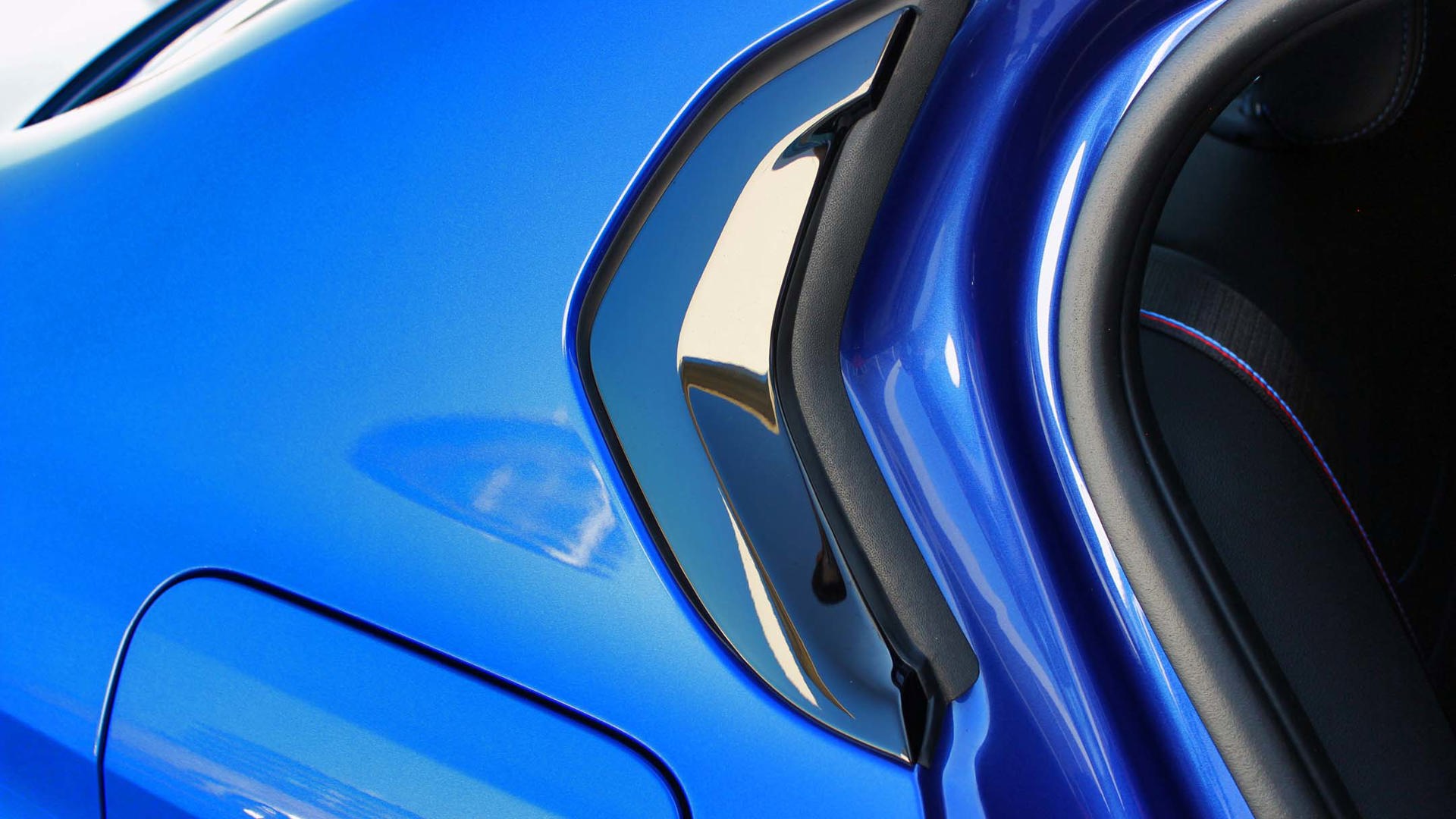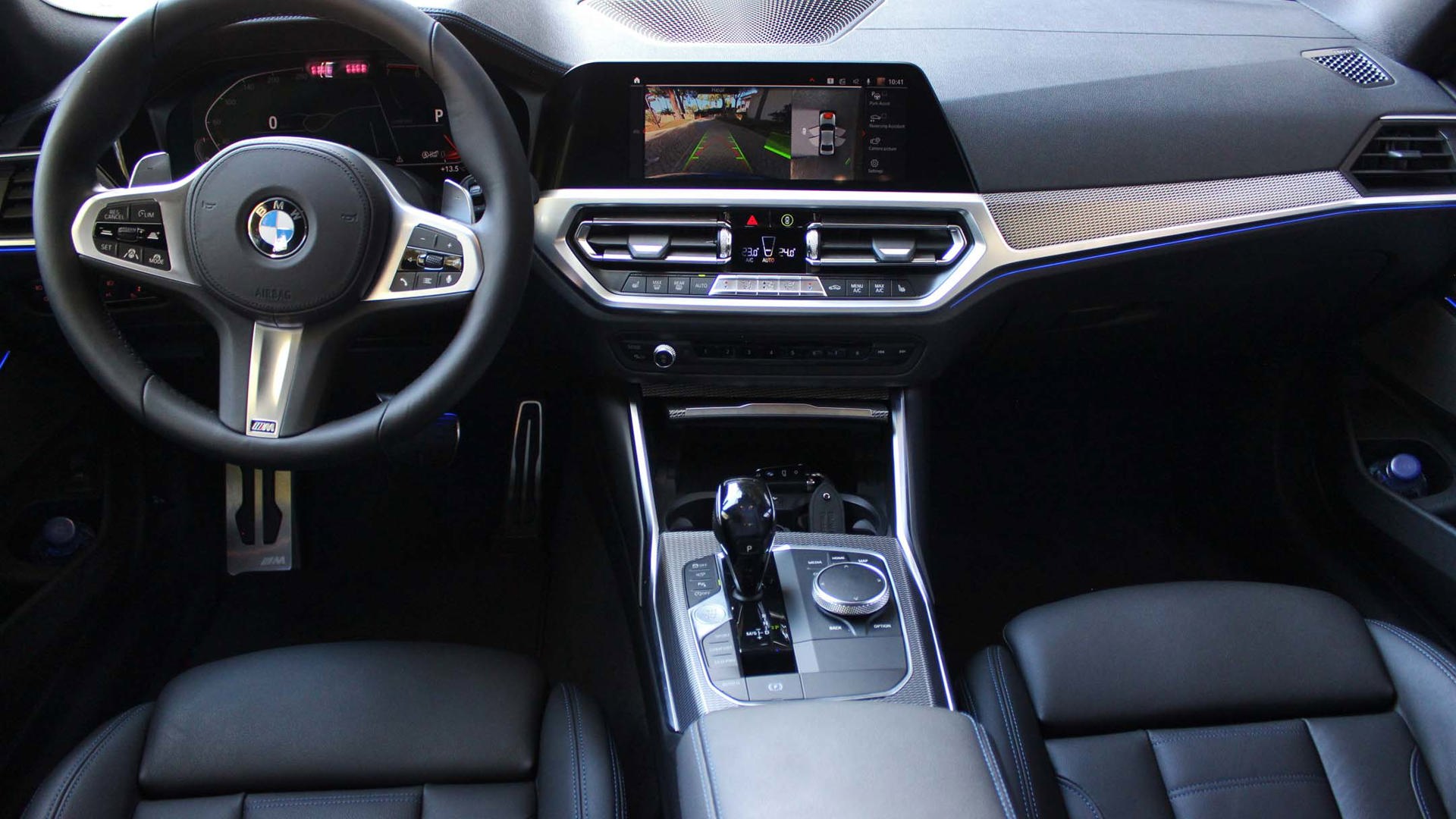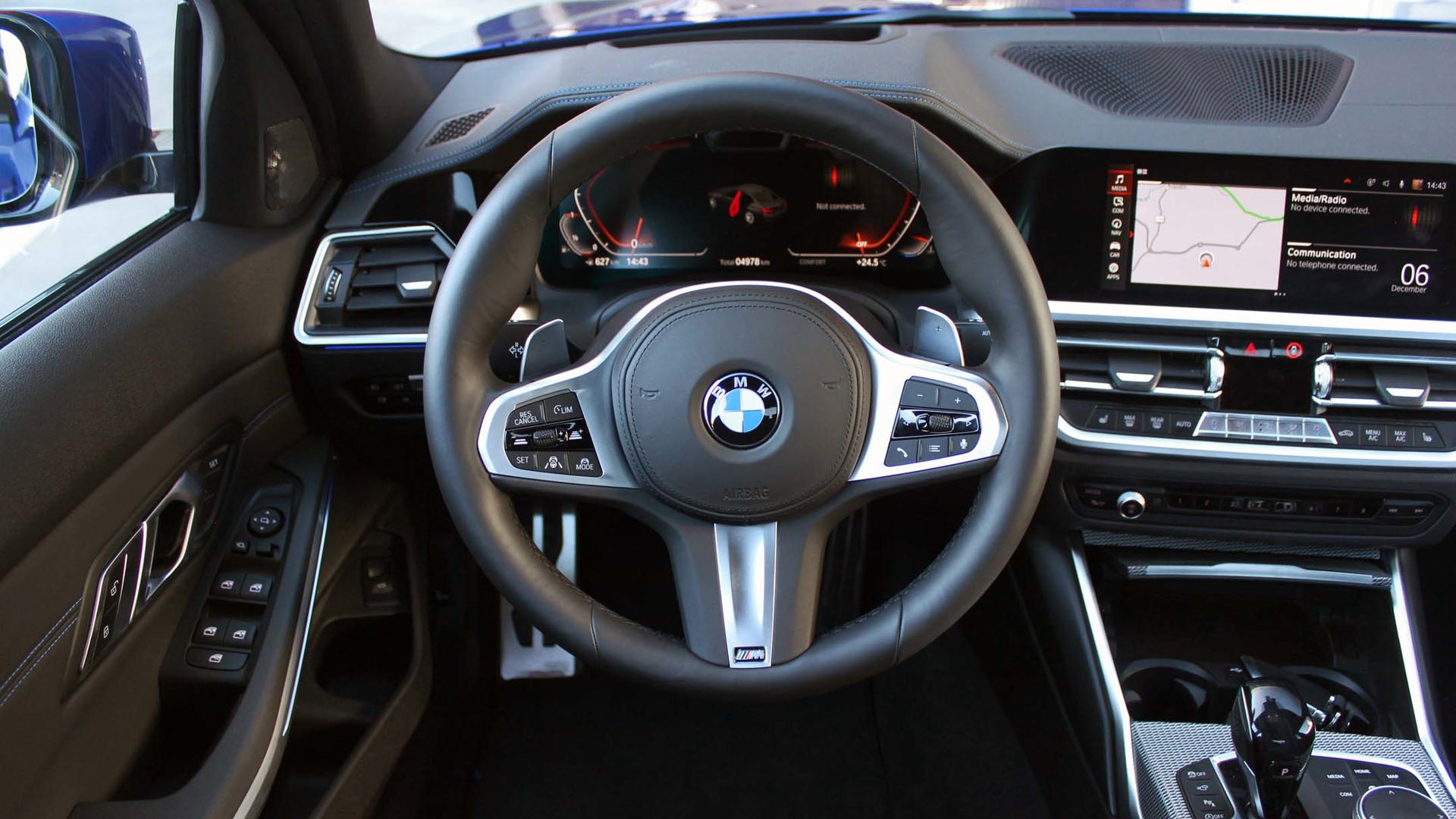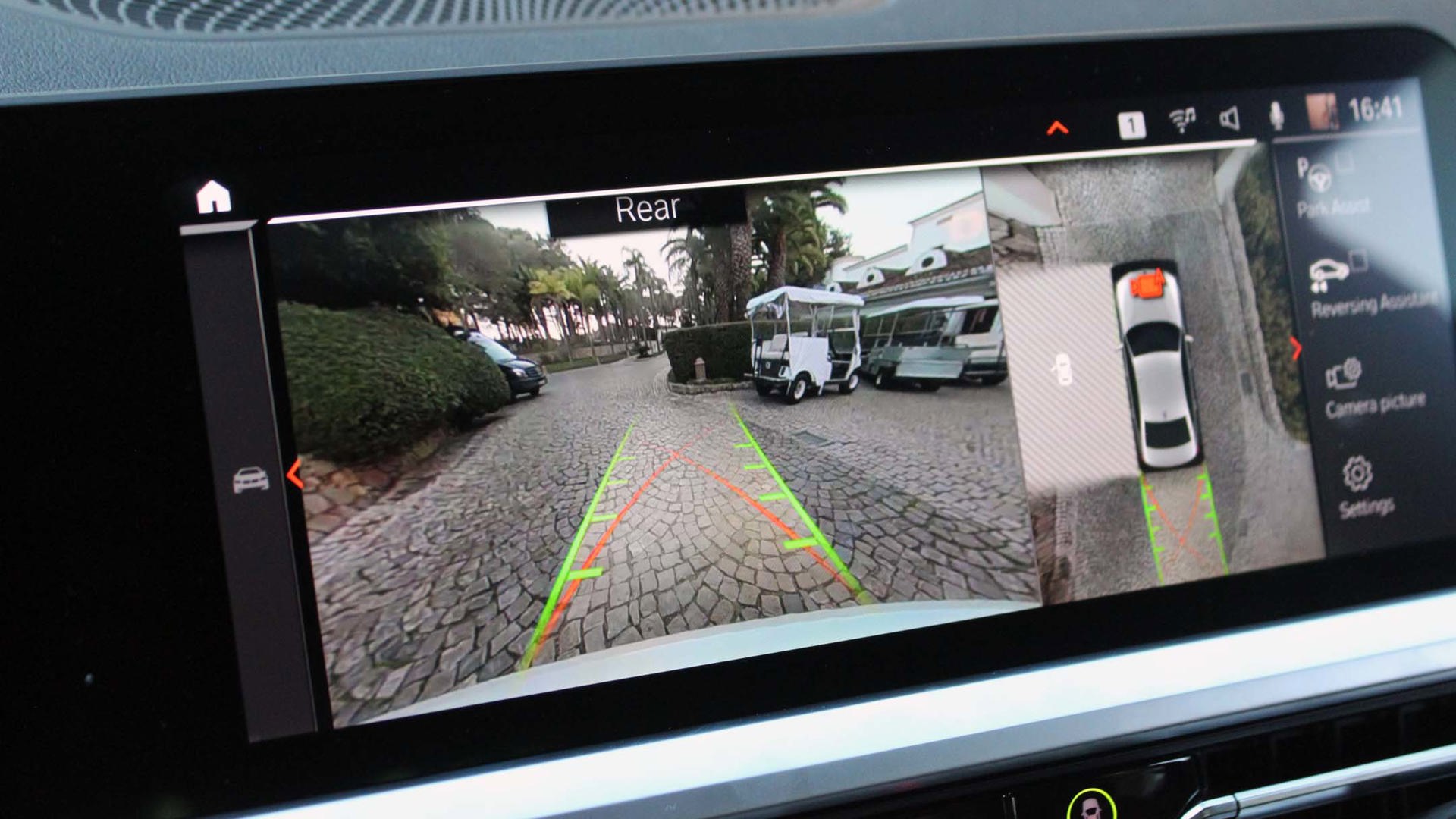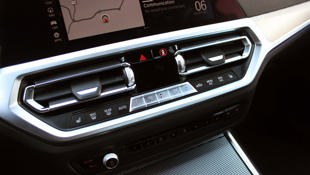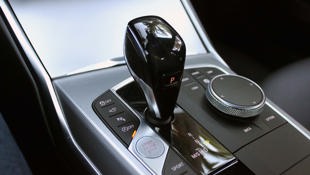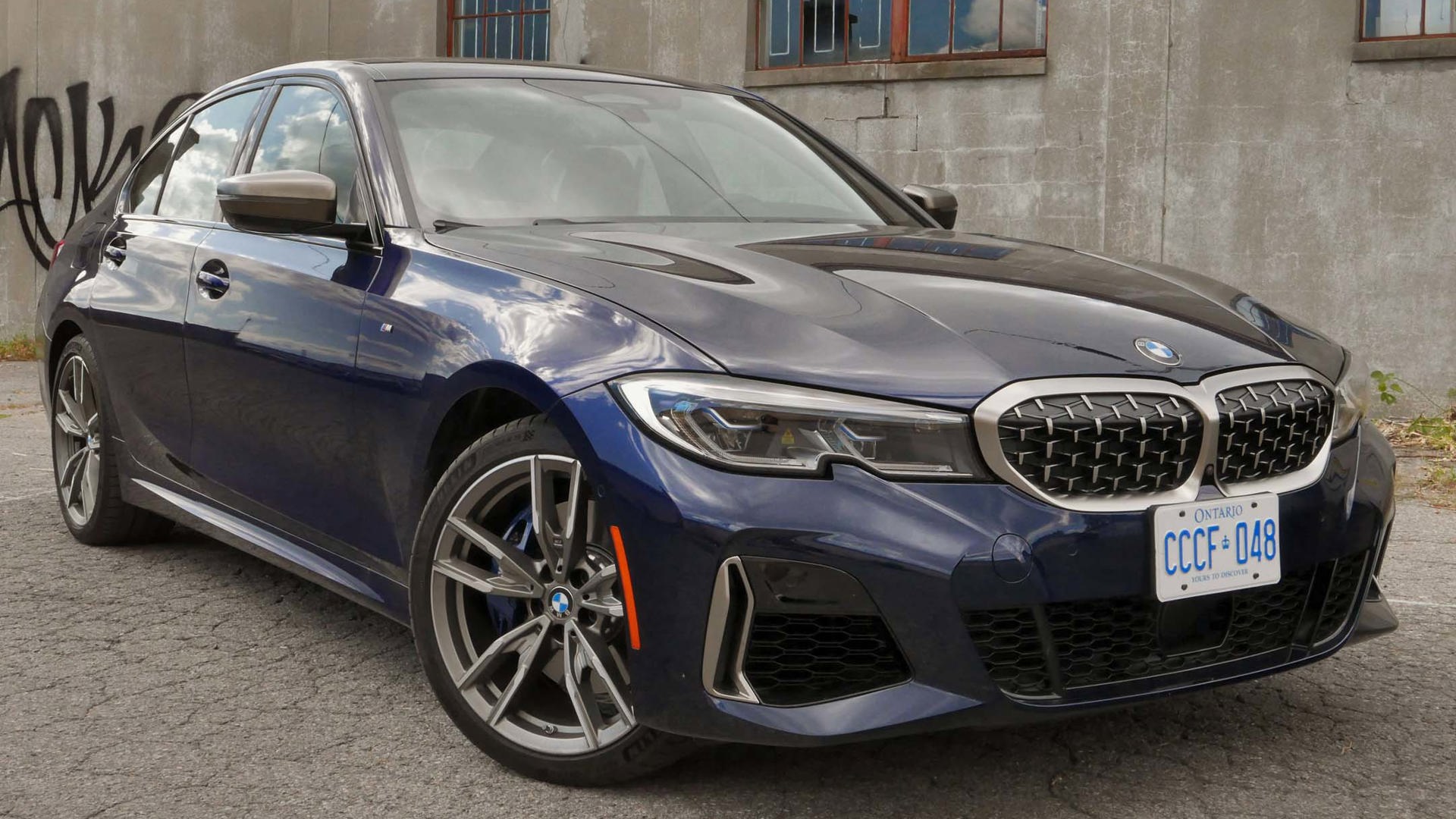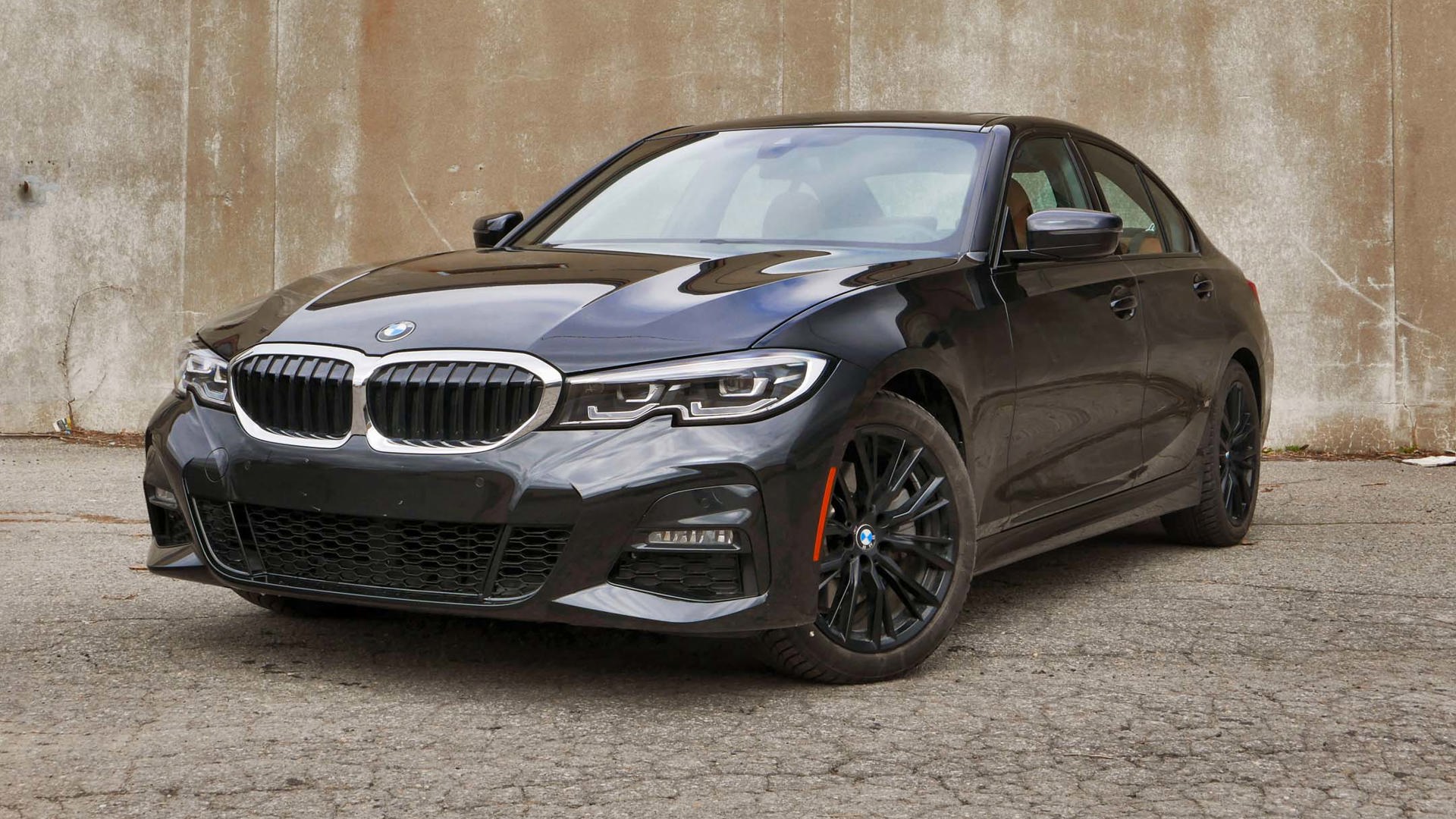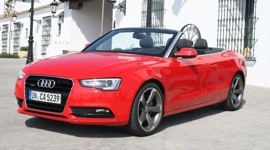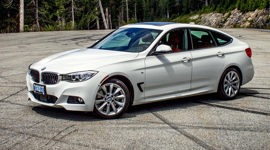FARO, Portugal – The BMW 3 Series is an icon. It’s a pioneer of the sports sedan movement and having sold over 15 million since 1975, one that remains consistently popular with fans, current owners, and future owners alike. Through seven generations, the Bavarian marque has refined, refined, and refined further, always facing the challenge of ensuring that any new version – no matter how laden with technology, how powerful, or how much bigger – stays true to the 3 Series ethos.
Just an absolute joy.
It’s an ethos that includes distinctive styling, passenger comfort, and of course, superior performance and handling. So, whenever a new model arrives, it’s got big shoes to fill.
Which brings us to sunny Portugal and the 2019 BMW 3 Series. We’ll be getting the 330i for model year (MY) 2019, with M340i and 330e PHEV models coming for MY 2020.
When the M340i joins the 330i, they’ll both be a little more powerful than the 2018 models – 330i with 255 hp and 295 lb-ft, up 7 hp and 37 lb-ft on the 2018 car; M340i with 382 hp and 369 lb-ft, up 62 hp and 39 lb-ft on the ’18 340i. They’re a little bigger on the outside and slightly roomier on the inside, with a comprehensive interior re-do, from the infotainment, to the driver aids, to the styling and materials used. And the 330i starts at below 50 grand (although at $49,000, just barely), which will pique some interest.
The 330i and 330e will come only with AWD, but the M340i will be available with RWD ($59,150) or AWD ($61,850) when it launches in spring 2019. All 3 Series get a single eight-speed automatic transmission choice.
BMW claims that the upcoming 330e, meanwhile, will have up to 60 km of EV range, will be able to cruise in EV up to 140 km/h and sprint to 100 km/h from stop in six seconds.
Eyes up front
In addition to being wider – with wider front and rear tracks – longer, taller, and having a longer wheelbase; the 3 Series has now been brought in line with the rest of BMW’s lineup styling-wise; that means an enlarged kidney grille and the addition of BMW laser lights on some models, denoted by blue bulb surrounds and “BMW Laser” etching within their housing. Other cars are marked with “BMW LED” and get slightly different DRLs.
Couple that with two different lower splitters – base Sport Line models get an all-black lower grille, while M Sport models (a $2,000 option that also provides 19-inch wheels and M Sport brakes) get an entirely different bumper with larger intakes – and you have three distinctive front ends.
Unfortunately, the rest of the styling package isn’t quite so distinctive. It’s nice they’ve moved the roofline back a little to give a more long-hooded, grand-touring-esque look in profile, but a lack of any especially distinctive door or fender creases makes for a somewhat bland finish to the side view. They’ve tried, modifying the classic Hofmeister Kink on the rear side windows so that it now actually extends onto the body, but you can’t even really see that unless the door is open.
The rear is more of the same – BMW claims that the headlight shape takes inspiration from the i8 sports car but I know that I have to squint – really squint – to see it. A look sans squinting, meanwhile, reminds of a previous-gen Lexus ES – not exactly a segment leader when it comes to uniqueness.
Attention to detail
The interior, however, is properly impressive. They’ve simplified it a little with graceful, uncomplicated lines and panels that make for a nice, airy interior even without a sunroof – which our tester didn’t have. That’s not to say that it’s low on details; it’s more that the details they have left are very well done.
Take the buttons ’round the shift lever, for example. They’re your access point to navigation, various infotainment controls, and so forth, and they’re finished in a nice matte black in keeping with the rest of the cabin. They don’t use glare-y, fingerprint- and dust-attracting piano or gloss black as they have in the past. I’ve never liked that stuff and apparently, buyers in most markets don’t either. So they scrapped it, and saved production costs in the process. Gut.
Then there’s the gauge cluster; it’s fully digitized no matter the trim, and eagle-eyed readers will see that the tach needle actually turns counter-clockwise; it’s not just to be different, either. Because this is a German car and Germans rarely do stuff jut for the heck of it, the counter-clockwise tach needle (and clockwise speedo needle) make room for a larger, more legible centre display. Speaking of more legible: the way they’ve aligned the gauge cluster and steering wheel spokes makes for a properly unobstructed view of the gauge cluster. You’d better get used to that gauge alignment, though, because unlike many gauge clusters of this type, you can’t change all that much. The colours change depending on which drive mode you’re in – one of Eco Pro, Comfort, Sport, or Sport+ – but that’s about it. Seems like they missed a bit of a beat there; if you’re going to go digital, go all the way, right? Of course then you’d risk losing that cool counter-clockwise tach.
Watchful autonomy
There’s also a camera mounted above the gauges that watches your eyes. Why? Well, because unlike pretty much every car out there, you can drive the new 3 Series with no hands (or feet) for as long as you want up to 60 km/h. The adaptive cruise allows this, but watching your eyes is how it makes sure you’re paying attention and not reading your stock quotes or scores or whatever it is that autonomous car fanatics feel we absolutely have to be able to do, at any time of day, no matter what we’re doing, including driving. If you’re wearing shades, it focuses on your nose – yes, your nose – to make sure it’s angled forward. It’s great, though I did find the active lane-keep assist system to be a little too invasive, even in the least aggressive of the three levels to which this can be set.
And that’s not all when it comes to autonomous driving; the Back-Up Assistant feature – part of the $2,100 Advanced Driver Assistant package that also provides high-beam assist, surround-view camera, and traffic-jam assistant – keeps track of the last 50 metres you’ve driven and can re-trace it back. Why is this necessary? Well, I wondered that, too, so I dug a little deeper.
Picture a tight parking garage. You’ve spent all that time cramming yourself into the spot, knowing you’ll have to do it all over again once you leave. Actually, it could be worse; what if someone new has pulled in beside you? Or across from you? Something larger, more in the way? Well, since the car has memorized the last 50 metres you’ve driven, a press of a button will have the car pull out of the spot – and over those very same 50 metres – all by itself. We sampled this, and sure enough, it moved through the obstacle course BMW had set up for us to within an inch of what we’d done when we had the controls. It only works in reverse, though, and some of my colleagues complained that this means more people will front in, which is a more dangerous move. However, it can dodge moving obstacles, too, so if a car is coming up on you as it backs out, it will do what it has to in order to avoid it.
Information at your command
In addition to the digital gauge cluster, you also get a heads-up display that appears on the windscreen to be as big as my laptop screen on which you can see everything – from your nav directions, to your speed, to your heart rate, your pulse, a live NORAD feed – you know, important stuff.
The addition of BMW Connected (née “iDrive”) 7.0 rounds out the major tech additions for ’19; it gives you a massive 12.3-inch main screen with a nav map (that can also appear in the gauge cluster, if you so choose), ultra-clear back-up cam (that can be specced to display a top-down view as well as a 3D view of your car that can be spun around, so you can see how your wheels are lining up with the curbs) and a number of widgets – from weather reports to news headlines – that can be arranged on-screen in any number of ways. Apple CarPlay is also standard (no Android Auto, though) and as always, it’s all controlled by a centralized wheel/joystick.
If you want something even less distracting, the voice-activated BMW Intelligent Personal Assistant can to anything from change your climate settings to inputting your navi destination and letting you know about oil levels and tire pressure. All you have to do is say “Hey, BMW” (or pretty much any other name of your choosing, once you set it up), and you’re good to go.
Built to be driven
So, it’s got a high-level autonomous systems, but this is a BMW, long known as the Ultimate Driving Machine, right? What about when you want to have your hands on the wheel?
While the base engine is still a 2.0L turbo four, numerous additions have been made to squeeze extra juice out of it, and to improve efficiency as well as smoothness. The belt drive, for example, has been simplified for less drag and both the turbocharger and its housing have shrunk. And it is a very, very smooth engine, especially considering it’s a fairly highly strung four-banger. I can’t count how many times I was surprised when I glanced at my speedo and saw that I was going much faster than I thought – surprised by how little strain the engine was under, and surprised by just how fast we were going with just under 2,000 cc ahead of us.
This may be an entry-level car, but it sure cruises like it’s much more than that. The standard acoustic windshield helped, too; so much so that I couldn’t help but wonder how much quieter it could possibly be if we had the optional acoustic front side windows the Europeans get.
In addition to that great straight-line speed, BMW has developed a trick suspension system that provides a set of additional hydraulic stop dampers that better control the rebound and compression of each corner. They’re on-hand to control the 3 Series’ vertical motion over bumps. It’s a system that works for the most part, though both myself and my drive partner found the rear end to be a little bouncy over repeated undulations.
Once you start to turn the thing, though, all of that tends to fade into the background. There are some truly spectacular (and truly empty) roads in the mountainous coastal Algarve region that were a joy to slice through in the 330i (also fun in the 320d we won’t be getting), just an absolute joy. There was so much less of that disconnectedness I’ve sensed from the steering on so many recent BMWs; and since our cars were equipped with the M Sport Package, we also had variable steering – you can really feel the difference between drive modes.
We still had a track day coming, and I was having trouble understanding how it could have been more fun or involving than this. After the drive, the only thing I really could ask for in the driver involvement department (aside from a slightly more responsive brake pedal and narrower wheel rim) was a manual transmission. Alas, BMW sells more – way more – automatic 3 Series and they weren’t about to be caught betting against a made hand and spending valuable development dollars on a manual transmission.
M340i: Built for even more fun
Right. About that “how could it be more fun…” thing. Adding two cylinders and an extra turbo – not to mention a world-class circuit like main track at Autódromo Internacional do Algarve – would probably work, don’t you think? We were supplied with a brace of pre-production 2020 M340i cars to find out. Even though they were all camo-ed up, unique details such as a spindle grille and different bumpers were giveaways that these were hotted-up Threes.
Algarve circuit is an interesting one. Undulating like the roads that lead to it – with post-crest turns that are tough to line up, since all you’re seeing is blue sky as you climb said crest – but with fast, wide sweepers where we were able to confidently let the tail out. Which, thanks to M340i’s wonderfully communicative chassis is something I was able to do over and again; throughout my 15 or so laps, I can recall just one time where the back end stepped out unexpectedly and I didn’t feel the grip dissipating through the seat. The addition of adaptive suspension – also possible on the 330i – was definitely felt on the track.
It was just lap after lap of quick turn entries, clipped apexes and zippy exits. Yes, “zippy”. Though it does have the extra power, I can’t say that it provides neck-snapping acceleration. I know, I know: 382 hp and 369 lb-ft are not small amounts, and how could I complain about that? Well, I’m thinking that it’s because that four-cylinder turbo is so damn fast in the real world, I had higher expectations of the six-cylinder, twin-turbo version on the track. While “up to 55 kg” have been saved depending on spec, the M340i just doesn’t feel it. It feels slightly heavy – all that tech comes at a price – and in the end, what I really wanted was to try the lighter four-banger on the track to see how it stacked up. Another day, perhaps.
Will the tame styling deter buyers? Will the more flowy Merc C-Class shine a little brighter for them? Perhaps. Having said that, though, the 3 Series is a well-carried out package that ups the ante in luxury over the last model and has a fantastic four-cylinder plant that provides more than enough power for most buyers. Add all that autonomous tech, and those hot sales are sure to continue.
Pricing: 2019 and 2020 BMW 3 Series
2019 330i xDrive AWD: $49,000
2020 M340i RWD: $59,150
2020 M340i xDrive AWD: $61,850
